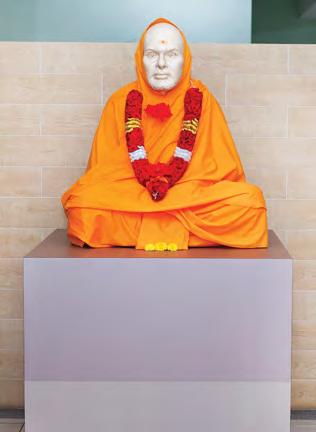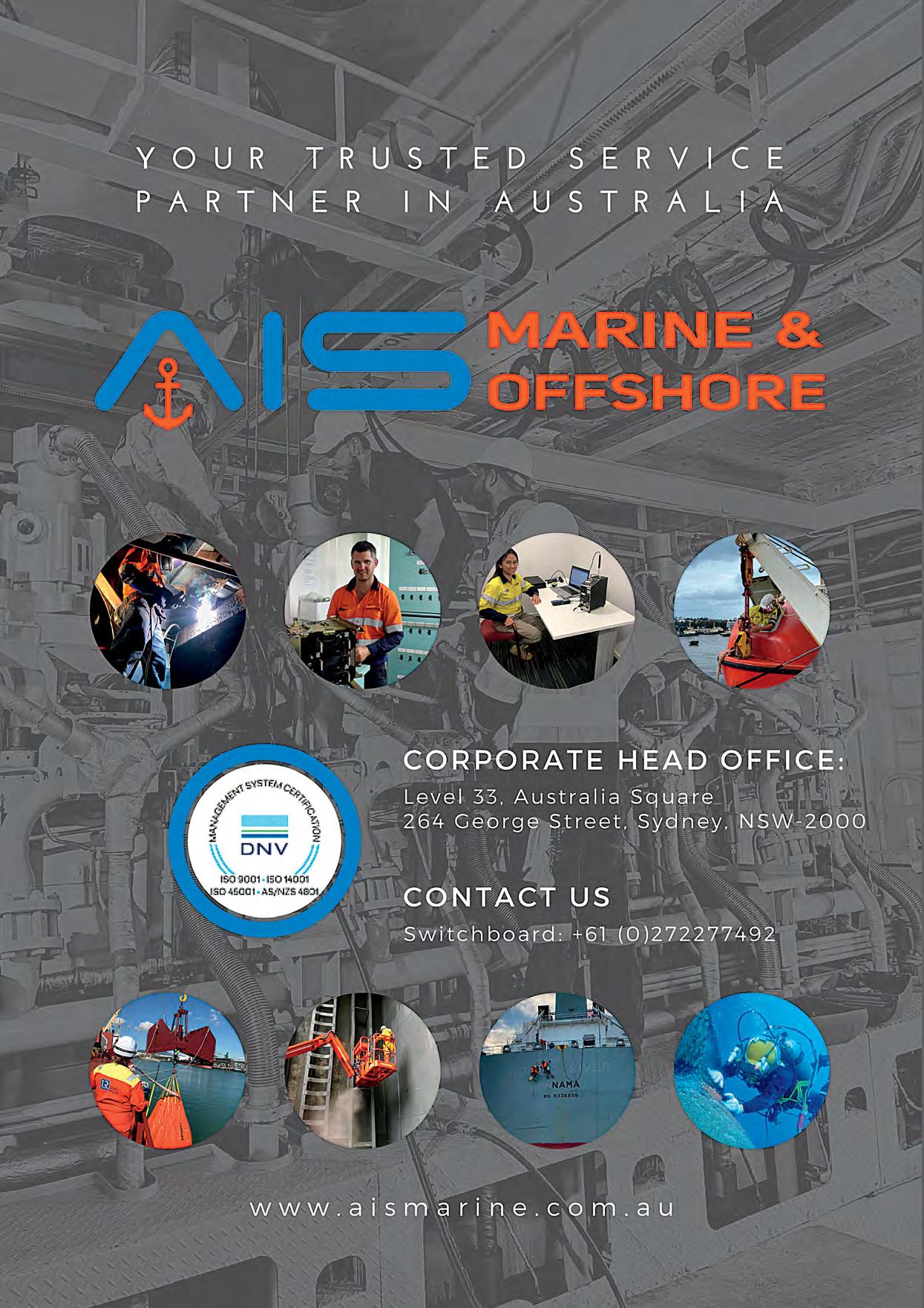





































































 Chief Editor
Deependra Singh
Chief Editor
Deependra Singh

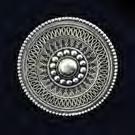



Editorial Team
Balaji Krishnamurthy
Kapil Berry
Kaushik Roy
Shirish Sharma
Assisted by
Piyush Raj
Sunil Anand Roy
Alok Misra
Greetings from the publisher’s desk!
It is time once again for the annual DMET-MERI alumni Reunion meet in Singapore which is being held on 10th September 2022 after a break of over 3 years, due to the Covid-19 pandemic that almost shut down the entire world.
Shipping continued to remain afloat despite the challenges faced during this pandemic.
In present times, the key focus for the shipping industry is decarbonization and digitalization.
This issue of Engine Room covers alternate fuels which are being evaluated by the maritime industry in a bid to move towards decarbonization and eventually zero carbon emission. To attain such goals in a smarter and efficient way, the shipping industry has embraced digitalization as one of
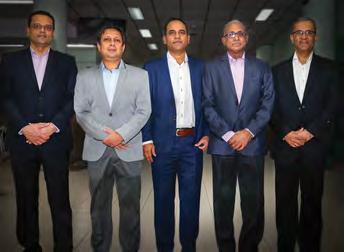
the important tools. These in turn will help the Maritime Industry play its role towards a greener planet for a brighter future.
Apart from these focus areas, the magazine covers other technical articles which marine engineers might find useful in dealing with the dynamic face of shipping.
This issue has several articles of a general nature wherein we have tried to capture the creative side of alumni. As always, we have interesting content penned by the children of the alumni, a very important and integral part of the DMET-MERI family.
Visuals are a must in every alumni magazine; we have compiled these which we are sure will help reminisce moments in the recent past as well as a trip down memory lane.
We take this opportunity to thank all the contributors for their time and effort to provide interesting articles amidst their busy schedules, and of course
most importantly, our sponsors without whose valuable support we could not have achieved this.
Keeping in line with current times, soft copy of this magazine is available for viewing online.
Happy reading and hope this will be a copy to preserve and read at leisure. We look forward to feedback and suggestions for the next year which can be mailed to publishing@dmetalumnisg.com ▄
Our Alumni is now online! Look for us and join us on social media platforms by scanning the QR codes below!
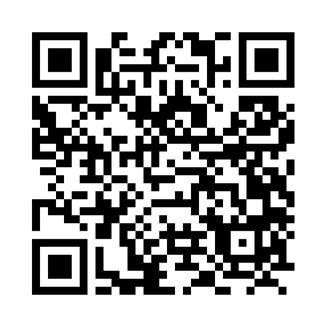
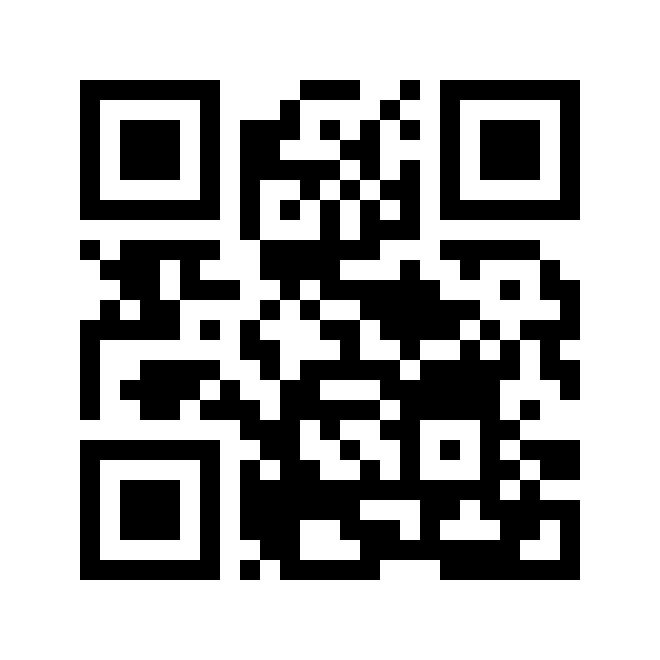
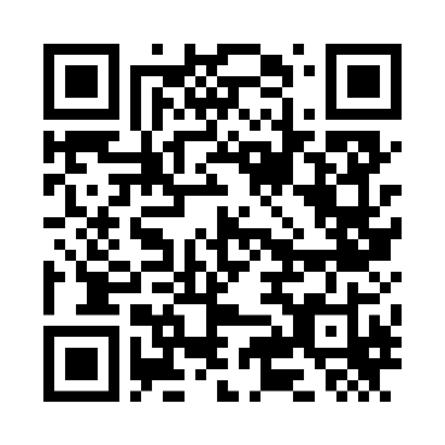
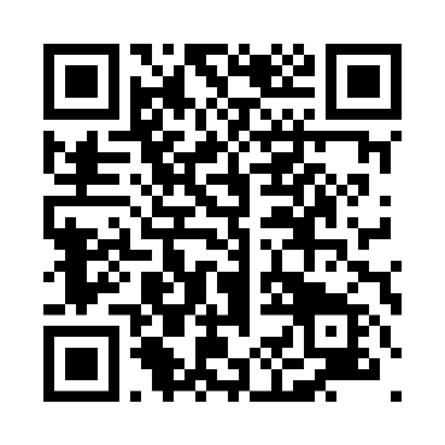

Disclaimer All material published in this magazine, including editorials, articles and all other content is published in good faith. The magazine accepts no liability for any errors or omissions and does not endorse any companies, products or services that appear in this publication. All ma
terial is accepted on the understanding that it is copyright free. The magazine accepts no liability for any subsequent copyright issues. The magazine does not accept responsibility for and does not endorse views expressed by contributors.










Sanjiv Mishra President

Balaji Krishnamurthy Vice President
Sanjay Verma Secretary
Deependra Singh Asst Secretary
Upendra Dubey Treasurer
Kaushik Roy Asst Treasurer
Kapil Berry Executive Member
Bal Govind Singh Executive Member
Alok Pandey Executive Member
Shirish Sharma Executive Member
Ranjan Tripathi Executive Member
Amit Sharma Executive Member
Event hosted by famous Emcee KP Sandhu
Dances by celebrities Kumar Sharma and Pallavi Tolye
DMET-MERI Alumni, Singapore brings up a line-up of events as we bid adieu to Covid (hopefully!) after two & a half years of hard life.
A very enjoyable bowling event “Strike-ing Friday Bowling Party” was organized around end-July at Kallang Bowl, with an impressive turn-out of members.
And we, now, bring you DMET-MERI Alumni, Singapore “Annual Reunion” on 10th of Sep, and looking forward to active participation from members and their spouses/ partners. There are several performances and activities planned for the evening at One Farrer Hotel. We have record participation & interest from maritime partners who are supporting this event and we take this opportunity to thank them all. This event will provide a great networking opportunity for all participants. After the Annual Reunion, watch the space for ”Movie Night”.
Stand-up comedy by Deepak Chandran
Salsa & Bollywood dance performances
Dance to desi Dhol beats
Lucky Dips
It is our endeavour to bring DMET-MERI Alumni members together. Each event provides opportunity to form greater bonds between each other. Please take this opportunity to meet people you know, but more importantly the people you don’t know…and have fun!
Cheers!
Organizing committee ▄







Sanjiv Mishra (Roll Number 3806, Class of 1991)
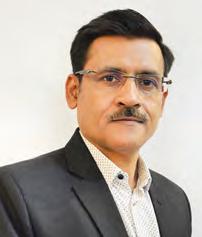
Greetings! Welcome to the 11th reunion of DMET-MERI (Singapore) Alumni. Today as we celebrate its signature event, I write with great pleasure that we have come a long way, standing together from strength to strength.
On March 11, 2020, the World Health Organisation declared COVID-19 a global pandemic. The world now stares down year three of a crisis that has affected so many lives causing economic and social disruption. While progress in protecting lives was swift, new variants and other factors meant that the virus seemed to be one step ahead of every countermeasure. However, Singapore’s effective communication strategies and community support meant that preventative measures were broadly and robustly implemented from the very start. Today, as the country is in a much better position since the emergence of the pandemic, it’s safe to say that we are back with a bang to once again celebrate the annual reunion at full scale!


Looking back into the past when our first ever alumni gettogether was held in the year 2004, the event was attended by a mere 25 alumni. We have come a long way since then with a whopping more than 200 alumni who attend the annual event. This colossal growth in the network shows how well connected the alumni in Singapore are. We truly never miss any opportunities of reuniting and socialising! With this being our second physical event of the year, let’s not forget that the Bowling Social Event held on 29th July 2022 was also attended by a large number. We welcome all overseas alumni also to attend the events organised by our association in Singapore.
The organising committee has been putting in a lot of effort in bringing to you events that are filled with festivities
and the utmost grandeur in order to connect with you all and make memories worth cherishing. Looking forward, we have started plans to organise a Diwali movie day combined with a hearty brunch on 30th October 2022 (Sunday). Further details will be soon conveyed.
We urge all the alumni from Singapore to use the GlueUp app/website to formally register as members and pay the applicable annual membership fee. Each alumnus has a unique user ID (their emails) which is already registered with us. If you have recently moved to Singapore, please write to membership@dmetalumnisg.com (kindly include your batch, roll number, cell phone and email) so that we can register your particulars in the system.
In order for the committee to connect with a larger group, different channels of communication have been utilised. Apart from the GlueUp app/website, messages are also broadcasted via WhatsApp, the official website www.dmetalumnisg.com , Facebook and emails. Kindly save the following number, +65 84332312 on your phones so that you do not miss out on any of these messages. Members are further welcome to share their views by writing an email to dmet@dmetalumnisg.com .
Lastly, I would like to take this opportunity to sincerely thank each and every member of the committee, the entire alumni and everyone who has been contributing to the association in one way or the other in spite of their hectic schedules. Looking forward to the continuing support.
I wish you all a very happy and healthy year ahead.








I am delighted to note that the 11th reunion of the DMET-MERI alumni in Singapore will be held on 10th September 2022.
I am amazed by the spectrum of activities that the DMET-MERI alumni in Singapore have been involved in, ranging from techno commercial panel discussions to philanthropy.
The reputation of alumni plays an important role in the academic standing of an educational institute. IMU is fortunate to have alumni known for their professional skills, competence, and work ethics and who continue to dominate the top echelons of the companies in the maritime sector. I have worked with many of the DMET-MERI alumni during my stint as Director General of Shipping, Mumbai, and also in my current role as Vice Chancellor, IMU. I can vouch for their competence and capabilities.
The Indian Maritime University was created by merging the seven legacy institutes on 14th November 2008. IMU was given the mandate to undertake research and training in the disciplines of marine engineering, nautical science, oceanography, maritime history, maritime laws, maritime security, search and rescue, transportation of dangerous cargo, and environmental studies. That change in IMU’s mandate necessitated a change in the name of IMU campuses.

The Maritime India Vision 2030 [of the Ministry of Ports, Shipping, and Waterways] has an ambitious target of increasing India’s share of global seafarers from the current level of 12% to 20% by 2030. This calls for world class training institutes that can undertake cutting-edge research and offer programmes for the continued professional development of industry professionals. IMU is poised to play a pivot role in that aspect.
IMU had recently revised the curriculum of M.Tech (Marine Technology) with the guidance of industry professionals. I hope many of our alumni would be interested in the programme. IMU also plans to launch a bouquet of Micro Credit Courses for Marine Engineering professionals. I am sure there would be again many takers for this.
I must place on record the contribution of the proud alumni of DMET-MERI to IMU’s growth in their role as faculty, School Board members, and Ph.D. guides.
The legacy of DMET-MERI has been a pillar of strength to the University in IMU’s evolution from a premier pre-sea training institute into a research-oriented university. I seek the continued support of DMET-MERI Alumni in this journey.
I am happy to share that a reunion for alumni of MERI Mumbai and TS Chanakya is planned for November 2022 in Mumbai. I invite the MERI Mumbai alumni residing in Singapore to participate in large numbers. It would be a wonderful occasion for the alumni to visit their alma mater, engage in some nostalgia, and connect with their batch-mates based in different countries.
In 2023, we plan to hold a reunion for DMET-MERI Kolkata alumni in Kolkata. I would be happy to hear from you in this regard.
I am sure the 11th reunion of DMET-MERI alumni in Singapore will be as fun, grand, and thought-provoking, as ever.









DMET-MERI or Indian Maritime University- Kolkata, as it is known now, is revered in the global maritime community. It is a name that invokes the deepest emotion. What is in a name, one may ask. Possibly nothing, except that this is the place which we came to with uncertain ambitions and got transformed into disciplined professionals who are highly sought after across the maritime industry. This is the institution to which we are indebted for all our wealth and success. That said, it is the alumni that have always been the guiding light for the younger lot that has joined this prestigious institution. This camaraderie cannot be explained, but only felt. In the bonding, we share, in the annual celebrations and other manifestations that are best known to only those who have spent 4 years of their life on this campus.

We are all together in the love we share for DMET. However, as her caretaker, and having been entrusted with the responsibility of running this institution, I hope I am able to convey the need of the hour.
We need dedicated teachers who can improve academic teaching and training and resourcefully build training infrastructure and bring laurels to this place as great innovators, researchers, and academicians. This has been a challenge ever since DMET was established, and some initiatives like MMERT were started to address this concern. However, nothing can be achieved unless the brightest join with good intentions and behave with utmost responsibility.
The compensation that IMU Kolkata offers may be less when compared to other avenues. Even if we wanted to raise it, we must remember that the institution runs on a minimum budget with only intermittent government aid. It will continue to run this way, to be able to provide a gateway to riches to the younger generations to come, just like the access she gave to all of us with humble beginnings. I appeal to you all to consider serving this institution as a public service, or as serving one’s parents as responsible children and not deserting her when she needs us most.
The strength of this institution comes from the success of its pass-outs. The most successful have been doing great service either through contributions or helping cadets find jobs or facilitating campus placements. This is an undeniable magnanimity and as the acting head, my deepest appreciation to each one of them.
How can we position her among the best institutions in the world? Maybe we can take a cue out from OCIMF or SIGGTO which works with contributed employees from association members. It’s a fervent wish.
I request the readers to continue to think about our institution. I acknowledge all of your good wishes for our institution. But, if some are motivated to come down to care for it, you can be a lot richer with the emotions that you accumulate.
Jai HindMemphis Marine & Offshore, established in 2020, is a one-stop solution for all marine services offered globally.
Memphis delivers cost-effective, proactive, and progressive solutions for ocean-going vessels whilst ensuring quality, safety, and reliability. Memphis is BizSAFE STAR, ISO9001, ISO14001, and ISO45001 certified.
MEMPHIS SPECIALIZES IN THE FOLLOWING AREAS/SERVICES:
Technical Services
Anchorage & On Voyage Repairs
Engine Overhaul – 2 Strokes And 4 Strokes AC & Provision Plant Repairs
Piping & Fabrication Works
Steel Repair Works
Mechanical Repairs & Overhauling Works
Navigation & Communication Services
Vessel Navigation Services
GMDSS Radio Surveys, VDR APTs and SBM Agreement
Navigation equipment installation, overhauling and repair services
LRIT certification and testing
Vessel Communication Services
Global 5G system and internet dongle
Iridium services
Inmarsat activations, Accounting Authority (AAIC) and Point Service Activation (PSA)
Vessel IT services
IT Management (Subscription Basis)
IT Attendance
IT Consultancy
Cyber Security
Marine Safety services (LSA/FFA)
Vessel Fire Fighting Equipment & System Services
Vessel Equipment Calibration Services



Vessel Lifeboat and Davit and Winch
System Services
Design & Printing services
IMO Stickers Banners
Poster Flags
Stencils
Luminescent Tapes
Roll up banners Tie Tags
Print & cut stickers
Memphis also has a physical maritime supplies and services store in Pioneer Junction, Singapore. The store offers a wide range of maritime supplies as well as navigation, vessel IT, marine safety, technical, and printing services.
Memphis Marine and Offshore has operations in Germany, Singapore, India, Cyprus, China, the United Arab Emirates, South Korea, and the United States.


I am delighted to note that the Singapore DMET-MERI Alumni will be getting together on 10 September 2022, in a physical manner after a 3 year lay-off due to the pandemic.
The DMET - MERI Alumni of Singapore have always been known for being extremely active, especially in terms of Meets / Reunions of various types, be it dinners, movies etc. And these meets are slowly but surely gaining the stature of global meets. I have no doubt that in the near future, Alumni across the world will adjust their calendar as per your Meets.
The almost 75 year old DMET-MERI fraternity across the globe is extremely cohesive and its Alumni have taken on various CXO roles in the Shipping Industry, as well as outside the Shipping industry. The high level of bonding between the Alumni results in Win-Win relationships like mentoring and provision of opportunities for business and employment, which in the context of development of the Alma Mater is very significant. The upcoming get-together shall undoubtedly provide opportunities for Alumni across the world to come to Singapore and connect with each other, further strengthening the famed DMET-MERI bond.
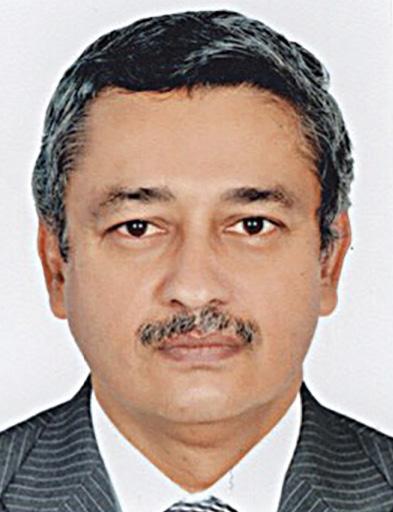
With over 300 alumni in Singapore alone, the opportunity to make a positive impact in the global Maritime Industry is immense. The involvement of Singapore DMET-MERI Alumni in the local Maritime Authority and the IMO can assist in steering global shipping to areas which will be beneficial to all stakeholders.
Fast paced development in technology and the changes being wrought thereof, in all aspects of our lives are more evident than before. The growing realisation of the need to protect our planet from environmental changes is overpowering. The need to conserve our resources has never before been felt more strongly and all nations are working to achieve targets to reduce greenhouse gas emissions and the use of fossil fuels.
The Institute of Marine Engineers (India) in keeping with the above challenges has set up 3 International Chapters last week in Hong Kong, UK and Singapore. I hope that our Members through these International Chapters will work for the growth of our fraternity and green shipping. I call upon DMET-MERI Alumni of Singapore to contribute to the activities of the Singapore Chapter of the IME(I), and make it a force to reckon with.
As the Institute now welcomes foreign nationals into our fold, in a significant deviation from the past, I also request you to engage with suitable prospective IME(I) members of foreign origin and persuade them to become a part of the Singapore Chapter. This will over the next few years help our professional Institute to encompass various schools of thought from across the world and take it onto a different growth trajectory.
On this occasion of the DMET-MERI reunion I take the opportunity to wish you and your families the very best in your endeavours.










Ved Sharan Chhabra has earned his name in the Indian shipbuilding and repair industry as an individual whose entrepreneurship skills made him establish his business with its recognition in more than one continent panning India and Middle East.
After sailing as marine engineer on sea-going vessels and rising up to the highest level of Chief Engineer, his inbuilt aggressiveness towards astute professional development and risk taking ability made him plunge into the entrepreneurship by starting his own business in the field he had been trained for. Thus, his career as an entrepreneur in the shipbuilding & repair industry started in India way back in 1967.
It is an incredible true story of Ved Chhabra who started his business with no capital to support him in his business
venture: repairing ships of different nationalities arriving in the port of Bombay, India. With the conviction of strong human will, very soon his company earned a good name - one special recognition came to him when he repaired the most famous passenger ship - QE2. Indeed, it was a benchmark for the young entrepreneur.
Ved Chhabra went on to become the ‘first’ private entrepreneur to build and export the ‘first’ sea going vessel from India in the year 1976. For his achievements, he was recognised by Government of India and was conferred the Chairmanship of Engineering Export Promotion Council, Ship Building Division in 1976. His desire to expand in his core business led him to go beyond the shores of India and Dubai (UAE).
Today, Ved Chhabra heads group of companies in ship











CATHAY MARINE
CATHAY
BALLAST/DRAFT MASTER
BALLAST/DRAFT MASTER
BALLAST/DRAFT MASTER
All kinds of repair and maintenance for ships.
All kinds of repair and maintenance for ships.
SERVICE AND SUPPLY
SERVICE AND SUPPLY
Send mail to: info@cathaymarine.com
All kinds of repair and maintenance for ships.

Send mail to: info@cathaymarine.com
SERVICE AND SUPPLY
Or call +86 13605320990(wechat)
Or call +86 13605320990(wechat)
Send mail to: info@cathaymarine.com
Or call +86 13605320990(wechat)

Even before the current COVID -19 crisis, a common perception has been that working in the maritime sector means the full fleet needs to go digital and that a company needs to have all of its data streams connected to be successful, or to even keep its business running smoothly.
This idea of a trend towards digitalisation is especially compelling while the shipping industry reels from the effects of the pandemic. The reality is that many in the industry are not there yet. Installing new sensors takes up significant resources that most shipping companies simply do not have.
The majority of shipping data is transmitted onshore via traditional formats like email, texts and basic excel sheets. A good portion of that data is inputted manually. How, then, does a shipping company work within this reality yet stay competitive in an increasingly challenging and data-vulnerable industry?
Before we get started, let’s look at the different types of data typically encountered in the shipping industry.
When collecting data for managing fleet performance, there are typically two types of data collected: event data, which includes data over a specific period of time, such as speed or distance averages or FOC; and snapshot data, which as the name implies is data recorded at a specific point in time, such as measurements showing engine load, RPM, pressure, or power.
Event data must be entered manually, while snapshot data can be directly measured through sensors on a ship, though the latter requires auto logging systems to gather data from each sensor. Each data source comes with its own advantages and disadvantages.
Event data is able to connect to existing ship-to-shore processes in a shipping company. It typically comes from aggregated crew knowledge and doesn’t require installation of costly sensors. Key voyage parameters like BOSP, arrival, bunkering, departure, cargo, and EOSP are usually always manual data.
As this data is manually recorded, human error will eventually find its way into this manual data set. Over time, data quality issues become inevitable.

Snapshot data is measured daily or more often, which is important for a number of KPIs such as engine power and hull and propeller performance. The data-driven analysis needs to go back to every vessel, which is great for high-investment vessels.
However, it can be difficult to understand the context of a snapshot data point without comparing it to similar data points over a longer period. The quality of the data is also dependent on the quality of the sensors. Working with faulty sensors can be tricky without other data points to compare it to.
Fleets of various shipping companies are typically quite diverse and heterogeneous. Vessels are chartered for different lengths of time, which means a cost-benefit decision process may equip a part of a fleet with different data-reporting technology.
with high-investment sensors and technology would be costly and likely not generate the return to make the cost worthwhile. It can be expected that most short-term vessels will depend on low-investment manual reporting.

However, time-chartered vessels may be in operation from anywhere between six months to three years or longer. It may make a lot more sense to invest in voyage reporting software and other basic equipment like ship sensors for these vessels, though in a time where every cent counts, the vessels may still prefer to utilise a manual reporting system.
Then consider vessels owned by a shipping company directly which can be on very long charters, some for as long as ten years or more. These ships would benefit greatly from investing in sophisticated equipment which can auto log data at a reasonably high frequency.
No two shipping companies are the same, with factors like fleet size, age, and segments in operation affecting the distribution of different types of vessels. Not all vessels will be equipped with sensors and auto logging systems. It is very likely, however, that most vessels in a fleet will


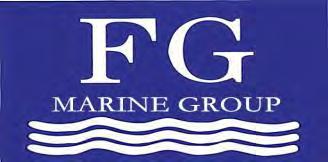
Chain workshop specialists service
◆ Turbocharger/Governor Alpha Lubrication System
◆ MAN-ME Electrical Engine Win GD-RT-Flex, DF Dual engine
◆ Laser Cladding Reconditioned Cylinder LDM & Honing
◆ M/E Remote control System(BMS &PMS)
KBB










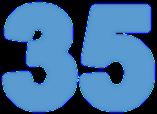





◆ Shanghai, Zhoushan, Fujian, Weihai, Guangzhou,

◆ Hongkong, Singapore, Greece
◆ In-house shipyard workshop: FJHD SY(Fujian), Yiulian SY(Zhoushan)
◆ ZTHI&NASCO, Paxocean SY, Huafeng SY, CUD(Nantong) CONTACT: SHEN
EXCLUSIVE Partnership with:


Drydocks World Dubai, UAE
Tersan Shipyard, Turkey
Nauta SA, Poland
Diaplous Group- Maritime Security
GTS - 1Stop Repair-Italy, Spain & Gibraltar
OneShip Services - Agency in Turkey

Authorized Agent for:
Cosco Group of Shipyards - China

Zhoushan Huafeng Shipyard - Zhoushan, CN
CUD Weihai SY – Shandong Province
NOSCO Shipyard, Vietnam
Greece-Chalkis SY & Onex Syros SY
ASMAR, Talcahuano, Chile
company can easily make key decisions in a challenging environment. For example, pinpoint accurate data is essential when scheduling a hull and propeller cleaning event, as a lot of vessels are not moving the way they were pre-COVID-19. The data not only can support the shipping company to make the best decision in the current adverse situation, but it also helps the company place higher focus on business continuity.
It should also be said that good communication between onboard and onshore have become even more significant in recent months. Even though some shore staff may not be able to supply critical spares or stores due to movement restrictions, shipping companies still need to ensure that their businesses operate seamlessly.
In this situation, onboard data becomes an invaluable asset. With good data reporting and analytical tools, office staff can easily access vital ship data and inventory records even while working remotely from home. The tools also are able to transfer critical alerts triggered from vessel systems, allowing businesses to maintain key functions.
Traditionally, vessels have been required to purchase physical copies of the charts and publications they need for their voyages. The availability of these publications largely depends on the suppliers’ ability to physically deliver the documents onboard the vessel – not easily achieved when global port restrictions are rife.
BLU Maritime Consultancy’s core services are:
Provision Management
Online Live Customer Portal
Hygiene & Food Safety
Menu Guidance
GPS (Global procurement Services)Technical Stores, provisions, additional services
BLU Maritime Consultancy’s core services are: Provision Management
Digital publications can easily solve this challenge. An online purchase made from the vessel, then downloaded directly onto the ship’s systems, can save time and ensure vital documents are available regardless of outlying variables such as COVID-19.
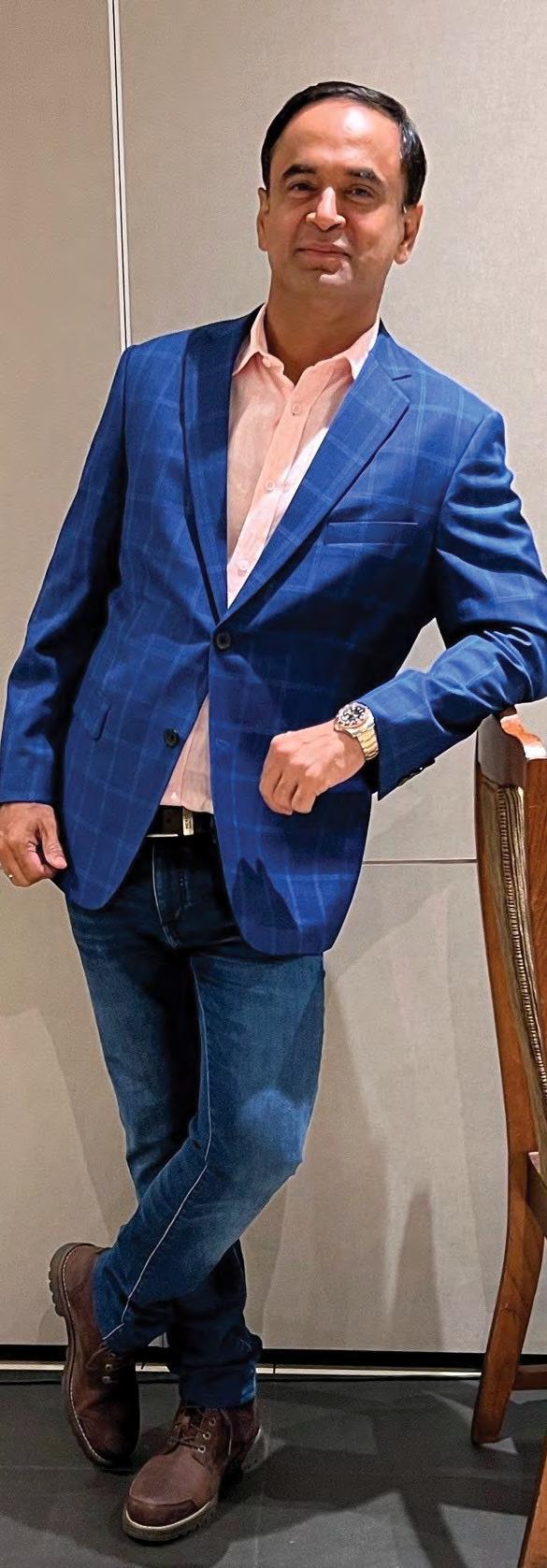




The importance of working with good data cannot be over-emphasised, particularly at a time of significant challenge. Everything done ashore is based on the quality of the data received. If the data received is of questionable quality, a lot of resources would have to be spent to resolve the discrepancies to get the data back to a reasonable standard.
The current world environment does not leave a lot of room for excess resource allocation, which leads to a higher likelihood that faulty data will lead to costly errors in decision making. Quality checks integrated into the solution can reduce the risk of this scenario.
To ensure that they are ready for whatever the future brings up—be it another unpredictable global crisis such as COVID-19, trade restrictions, or unexpected weather events—it is essential that shipping companies make decisions based on the best possible data. Whatever the size or composition of a fleet, investing in a software solution which enables data plausibility checks can go a long way in ensuring a company stays around through turbulent times and beyond. ▄
BLU Maritime Consultancy’s core services are:
Live Procurement overview
BLU Maritime Consultancy’s core services are:
Online Live Customer Portal
Provision Management
Provision Management
Food Safety Audits (Rewards & Certificates)
Hygiene & Food Safety
BLU Maritime Consultancy’s core services are: Provision Management
Online Live Customer Portal
Technology driven solutions offered by BLU make it easier for it’s clients to optimize budgets, plan ahead, and make efficient decisions with the click of a button. Clear, interactive and user-friendly dashboards provide valuable insights to clients on their consumption patterns. The team at BLU seems to have completely revolutionized a traditional industry with the most innovative and competitive solutions in maritime
Menu Guidance
Online Live Customer Portal
Online Live Customer Portal
Hygiene & Food Safety
BMC World Port Price Index (updated monthly)
Hygiene & Food Safety
Menu Guidance
GPS (Global procurement Services)-
Newsletters (BLU Waves & BLU Minds)
Hygiene & Food Safety
Technical Stores, provisions, additional services
Menu Guidance
Menu Guidance
Crew health & wellness (mental wellness)
GPS (Global procurement Services)Technical Stores, provisions, additional services
Live Procurement overview
Live Procurement overview
Food Safety Audits (Rewards & Certificates)
Technology driven solutions offered by BLU make it easier for it’s clients to optimize budgets, plan ahead, and make efficient decisions with the click of a button. Clear, interactive and user-friendly dashboards provide valuable insights to clients on their consumption patterns. The team at BLU seems to have completely revolutionized a traditional industry with the most innovative and competitive solutions in maritime
GPS (Global procurement Services)Technical Stores, provisions, additional services
BMC World Port Price Index (updated monthly)
GPS (Global procurement Services)Technical Stores, provisions, additional services
Food Safety Audits (Rewards & Certificates)
Live Procurement overview
BMC World Port Price Index (updated monthly)
Technology driven solutions offered by BLU make it easier for it’s clients to optimize budgets, plan ahead, and make efficient decisions with the click of a button. Clear, interactive and user-friendly dashboards provide valuable insights to clients on their consumption patterns. The team at BLU seems to have completely revolutionized a traditional industry with the most innovative and competitive solutions in maritime
A physically and mentally healthy crew is not only healthier but is also happier and more productive.
Live Procurement overview
Newsletters (BLU Waves & BLU Minds)
Newsletters (BLU Waves & BLU Minds)
Crew health & wellness (mental wellness)
Food Safety Audits (Rewards & Certificates)
Food Safety Audits (Rewards & Certificates)

Crew health & wellness (mental wellness)
BMC World Port Price Index (updated monthly)
A physically and mentally healthy crew is not only healthier but is also happier and more productive.
BMC World Port Price Index (updated monthly)
Newsletters (BLU Waves & BLU Minds)
Newsletters (BLU Waves & BLU Minds)
A physically and mentally healthy crew is not only healthier but is also happier and more productive.
Crew health & wellness (mental wellness)
Crew health & wellness (mental wellness)
A physically and mentally healthy crew is not only healthier but is also happier and more productive.
A physically and mentally healthy crew is not only healthier but is also happier and more productive.
Technology driven solutions offered by BLU make it easier for it’s clients to optimize budgets, plan ahead, and make efficient decisions with the click of a button. Clear, interactive and user-friendly dashboards provide valuable insights to clients on their consumption patterns. The team at BLU seems to have completely revolutionized a traditional industry with the most innovative and competitive solutions in maritime
Technology driven solutions offered by BLU make it easier for it’s clients to optimize budgets, plan ahead, and make efficient decisions with the click of a button. Clear, interactive and user-friendly dashboards provide valuable insights to clients on their consumption patterns. The team at BLU seems to have completely revolutionized a traditional industry with the most innovative and com-
BWTS planning, fabrication, and installation
Scrubber repairs and Tower Fabrication


Steel structural repairs, pipeline renewals & fabrication works
Anchorage & Voyage Ship repairs
Air Conditioning & Refrigeration repairs
Deck Machineries & hydraulics – Windlass, Winches, Hatch cover & Cranes
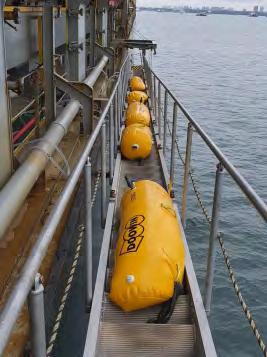

Automation & control systems, electrical works
Vessel Renaming/ Funnel LOGO Painting works

FFA & LSA servicing and supplies (Approved by Classes)
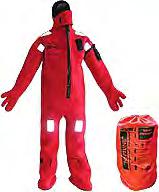
ME & Aux Engine Overhauls & MAN B&W Alpha lubricator service, troubleshooting & spares
Hyundai, ACONIS, AMS & PMS troubleshooting & service overhauls & repairs
Electric switchboard 6,600V High, Medium voltage & Low voltage D/D maintenance
VCB protection relay HiMAP & SYMAP service & re-conditioning
Boiler, IGG maintenance service
Kongsberg AMS, BMS, K-Bridge service work, Hyundai, ACONIS, AMS, PMS
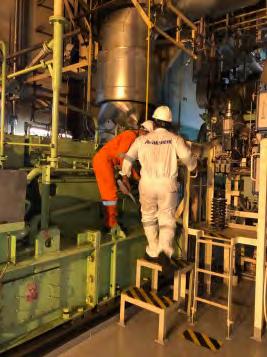
Hyundai cargo oil pump service with spares
Radio and navigation equipment service & survey
Climate change is the biggest challenge that the world if currently facing. One of the largest contributors to this subject is the shipping sector. Having said this, it is a must for the industry to find solutions that will approach such challenge. Zero carbon shipping is possible, but it will require a rethinking of the value chain through disruptive business models.
Focus should be set on producing zero carbon fuels, such as hydrogen or ammonia. Therefore, aligning with the supply chain to address this challenge. Ships are responsible for 5% of the global emissions, and alternative fuels would allow the reduction down to zero through hydrogen carries, as direct use of electric power for carbon neutral ships. Hybrid ships are feasible for short distances through electric propulsion and can go fully electric in the case of utility vessels, as tug or work boats.
IMO has developed the ambitious target of a minimum 50% reduction in greehouse gas (GHG) emissions by 2050
Shipowners have alternative fuel options to help them meet IMO’s ambitions, each with its own advantages and challenges.

Challenges
There is no doubt that every sector needs to be decarbonised in order to reach net zero targets. However, there are still some of them that are harder to decarbonise than others, such as the ships and maritime transport. In this piece of writing I will analyse both sources for marine applications.
To begin with, Hydrogen allows for more autonomy than battery or electric when it comes to medium distance vessels. Also, fuel cells are already available and Megawatt systems are already being tested, driven by automotive. Another fact is that combustion engines are under development and expected to be fully commercial in this decade, with the only counterpart being that liquid hydrogen is limited in range due to space constraints and investments in tanks.
Global Marine Tech Services LLC
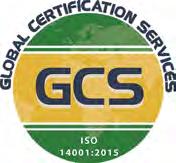
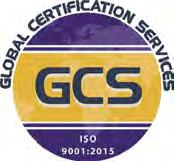




Workshop No – W 379, Dubai Maritime City (DMC)




P.O. Box - 213507, Dubai, U.A.E.
Winch and Windlass
Cargo and Hose Handling Cranes

Steering Gear Systems
VRCS Systems


Hydraulic Systems Health Check and Troubleshooting
Main and Auxiliary Engine Overhaul
Reconditioned Hydraulic Motors
Reconditioned Hydraulic Pumps

Reconditioned Control Blocks
New and Reconditioned
Engine Spares
ICE - Internal Combustion Engine
CI - Compression Ignition
SI - Spark Ignition
SOFC - Solid Oxide Fuel Cell
SCR - Selective Catalytic Reduction Exhaust gas after treatment, capable of reducing NOx more than 95 %
Turning on to ammonia, it is currently the only viable option for deep sea carbon free fuels and from a supply chain perspective, ammonia also has the potential to provide a faster route to decarbonisation than hydrogen. Up to date, no ammonia pilots are found, but designs are available and under development.

Such testing will help demonstrating the safe handling of fuels, understand their advantages and disadvantages, and signal markets to allow the cost reduction curve to begin. It is important to highlight that most of the emissions from shipping sector are a result of international trading, being this the principal application to address clean fuels.
Ammonia can be stored and transported as a liquid under several conditions such as fully pressurised at 10 bars at 20 Celsius, fully refrigerated at -33 Celsius and 1 bar and even semi pressurised or semi refrigerated. These conditions for storage are like the ones from the LPG, thus it is fully capable of transporting ammonia instead of LPG. On the other hand, when it comes to considering the conditions for hydrogen storage these are more extreme, less diverse and with special requirements.
Hydrogen and ammonia are ideal for the propulsion of large freight ships. Recent studies reveal that 90% of the shipping emissions are a result of the international trade, being a great opportunity for long distance application of zero carbon fuels, hence decarbonizing almost all the emissions of the sector. These carriers can be produced either by renewable power and the electrolysis of water or
through steam methane reforming coupled with carbon capture. Considering the previously mentioned technologies, ammonia would be the most promising also being one with mature supply chain and available now. Turning to hydrogen would require liquefaction which is still immature and not cost effective. Fuel cell application would allow higher efficiencies and costs are expected to decline over time.
New business models need to be implemented, such as new storage solutions or containerised batteries. One of the pros of these kind of technologies is that they are low maintenance engines, based on fuel cells and batteries, resulting in reduced costs.
In conclusion, the transition to zero emission fuels is a challenging target, where new business models, and value chains are going to need financial and political support. These technologies have uncertainties when it comes to cost and infrastructure development, but it is a must for companies to invest in these kinds of improvements in order to make carbon footprint reduction economically viable. Therefore, in the short-term ammonia might be the most attractive option both as a hydrogen carrier but also as a zero-carbon fuel. Additionally, zero emission shipping must be addressed as a political goal. A financial support by regulators should promote incentives and stimulus plans to move away from fossil fuels. Carbon tax might be effective and efficient, but it still does not solve the emission sources of the sector.

International Maritime Organisation (IMO) has announced new air emissions-related regulations from 2023. But it is not just about the IMO anymore; we’re seeing regional regulations from the European Union (EU), end-users and more societal drives pushing for Shipping decarbonisation.
Shipping policies entering into force over the short and medium term will likely impact what technologies are developed and deployed.
Two new measurements are coming from IMO, the Energy Efficiency Design Index or the EEXI for Existing Ships and a mandatory Carbon Intensity Indicator or CII for new and existing ships. Both measurements will enter into force by January 2023.
The EEXI is a retroactive application of the design index to all existing ships above 400 gross tonnages, regardless of the ship’s year of build. The EEXI is intended to be a one-off
The world is facing a catastrophic crisis, and climate change is getting severe across countries.
certification for existing ships and will ensure that the existing ships are at least as efficient as the ships built today through technical or operational amendments as needed.
Contrary to the EEXI being a one-off certification, the CII is a yearly rating system for ships above 5,000 gross tonnages. Ships will be given a rating of A to E every year based on their energy performance, with E being the lowest rating.
The CII will be measured in grams of CO 2 emitted per cargo-carrying capacity or deadweight and nautical mile – this will indicate how energy efficient a ship is. As we progress towards 2030, achieving targets and ratings will be increasingly difficult since the goal post is likely to be stricter every year.
The IMO is also considering market-based measures such as carbon tax to push shipping to cut its greenhouse gas footprint.
On 14 July 2021, the European Commission adopted the ‘Fit for 55’ package consisting of 13 proposals – four of them aim to accelerate efforts to decarbonise shipping. Out of the four proposals, two will directly impact ships. They will likely be phased in shortly by including shipping in the EU emissions trading system (ETS). This will lead to buying and surrendering emission allowances for voyages between EU and non-EU ports. Further introduction of FuelEU Maritime will limit the yearly average well-to-wake
greenhouse gas intensity of energy used on board, so the type of fuel being used will be in question and scrutinised.
Since COP 26, there has been a shift in the dial to align with the Paris agreements. And that’s very much apparent in the “Declaration on Zero Carbon Shipping by 2050, in which 14 States signed up. We also saw the Clydebank Declaration looking at green corridors, which was really to kick-start the process by establishing zero-emission maritime routes. The signatories plan to develop six green corridors by 2025 and then scale up further. Then we have the “First mover’s coalition” investing in innovative green technologies.
Further, the coZEV agreement is a coalition of cargo owners for zero-emission vessels. This is a group of end-users like Amazon, IKEA, Patagonia, and Unilever. coZEV was created because no single cargo owner can drive this transition alone.
The list won’t be complete if we do not mention other notable organisations collectively driving shipping decarbonisation, such as the SeaCargo Charter, Poseidon principles by ship Financiers, and similar principles by the Marine Insurers and, of course, the Global Maritime Forum. All of them are working towards influencing positive change and enabling Shipping Decarbonisation.
So, where are you on this journey? ▄

Ifirst entered the maritime satellite connectivity industry 19 years ago. It was the year 2003, and to say that internet speeds were sluggish then would be an understatement. What’s interesting, is even more perplexing than the slow speeds, were the associated high costs. At that time, connectivity was centred around voice services and users had to pay top dollars for data connections from their mere 64kb connections.
Thankfully, the advancement of this industry was rapid –and I had a front row seat to witness the advancement from satellite connectivity to broadband and eventually highspeed data at an affordable and fixed fee, first hand. Just as a major transformation happened when we left behind the analogue for the digital 4G with the arrival of cellular innovation, I envision a similar transformation in the maritime space. Maritime digitalisation will witness a “sea change” in the way ships are connected, we will see the fostering of a collaborative mindset, and a stronger focus on safety and sustainability.
Today, we are witnessing the unique problem of excess with respect to maritime technology solutions. Shipowners are now spoilt for choice when it comes to digital solutions providers. To illustrate, when Kongsberg issued its first annual overview of the maritime software landscape, there were only 170 solution providers. Today, this has increased to over 550.
From artificial intelligence to using industrial robots and from accepting sensory technology to staying updated with Big Data and IoT technology, the maritime industry, once very closed and traditional, is now witnessing a steady influx of technology solutions and in some cases, blindly adopting them. The latter is key because not every solution is for everyone, and not every solution works, especially when it comes to maritime. This industry requires a deep understanding not only of the subject matter, but also, of its limitations. For example, the limitations of
sat-coms in terms of latency, bandwidth and cost play a huge role in how technology works on vessels. Add to that, resource limitations such as infrastructure, manpower and real estate – and all this, working in a siloed environment. This does not lead to efficiency, but rather, takes away from it. The need of the hour is a unifying platform, where technologies can talk to each other and work together seamlessly within a robust infrastructure, tailor-made to the needs of the industry.
I must state here that the readiness to accept change isn’t only about increasing operational efficiency – environmental concerns are driving shipowners to also focus on sustainable development. And since worries about carbon emissions have now taken centre stage, with the IMO setting ambitious and stringent goals for the sector, stakeholders are trying to leverage data to find a sweet spot where operational efficiency, safety and sustainable development go hand in hand. That desire has motivated the industry to not just focus on the present but also invest in the future. For instance, maritime industries are shifting from Heavy Fuel Oil (HFO) to renewable energy sources to promote maritime decarbonisation. At the same time, with IoT integration, the shipping industry is now looking to simplify the acquisition of data and enable tracking of shipboard parameters to promote transparency, thus, removing bottlenecks and preventing downtimes. Weather information is another important facet in the sustainability discourse as it ties into route optimization and ship analytics. Solutions that are built around the precipice of practicality and with key consideration of operational efficiency, safety and regulations to make them not just sustainable, with crucial data points, but also, easy to integrate, use and sustain are exactly what the industry needs to achieve its ambitious sustainability goals.
Companies committed to accelerating maritime digitalisation should adopt a data-driven ecosystem to improve ship
connectivity and reduce carbon footprints in all sectors. Data will provide industry leaders with a bird’s eye view of their business — allowing them to engage in responsible business practices. With access to data, shipping can reduce waste, optimise supply chains and lower greenhouse-gas emissions. However, without the under-riding notion of practicality, it is easy to be swept away by the bells and whistles of the latest technologies - not understanding the value they can bring. Thus, it is imperative to note that solution providers should be driven by deeper and more important value propositions when designing solutions – one such proposition, central to ocean trade, is most definitely, pragmatism. A resolute attention to suitability, practicality and non-siloed mechanisms for ease of management and deployment are strongly rooted in the concept of pragmatism. And, anyone trying to further accelerate maritime digitalisation must be mindful of this very notion when designing solutions for the industry.

Today, as sustainable development is at the forefront of all industries – especially maritime, digitalisation and decarbonization are key to increasing transparency and achieving growth within an environmentally conscious ecosystem. But, with such growth, comes vulnerabilities – making performance monitoring all the more important.


As for the next stage of digitalisation within the maritime industry, unmanned vessels are on the horizon. While


innovative, they are still at a nascent stage, with domains limited to oil platform surveys and coastal applications. Optimal data transfer solutions are necessary to make those automated ships more practical. Being a Softwareas-a-Service provider, it is imperative that we have our fingers on the pulse and offer pragmatic solutions for easy transition and adoption, something we are razor-focused on.
In conclusion, I am optimistic about the future of maritime digitalisation and the pace at which we will see both collaboration and adoption. Being in Singapore gives us the unique advantage of being at the forefront of digital adoption, with a great overview and insights on all the trends and evolving technologies. I am equally excited about the advancements in maritime safety, sustainability, and practicality that iO3 is working towards -- we believe that pushing technological boundaries is key to unlocking the future and achieving our goals. As embracing transformative technological solutions becomes a norm for the maritime industry, operational efficiency, sustainability and safety is within reach and our aim is to make these solutions accessible and easy to adopt. This will pave the way for better and more sustainable growth, while lowering operational costs, increasing efficiency and maintaining practicality.


Shipping is the driving force of a nation and its trade, and the shipping sector of India owes its success to many factors, including the Directorate of Marine Engineering Training, Kolkata. Since its establishment in 1949, DMET has established itself as the pinnacle of maritime training. It is often said that every major shipping company in the world has at least one DMETian working in it.
This brings us to the DMET bond. This is a bond shared by juniors and seniors and is the core of DMET’s legacy. With the onset of the digital age, Shri Harsh Sinha (class of 201620) and Shri Sachin Kumar Mahto (class of 2016-20), saw the opportunity to strengthen this bond by connecting the present-day cadets with the alumni of the institute, in the form of DMET Samvaad, a digital platform for the cadets to interact with their prestigious alumni. The enthusiasm
from both the alumni and cadets has led to the successful organization of 23 Samvaad sessions so far.

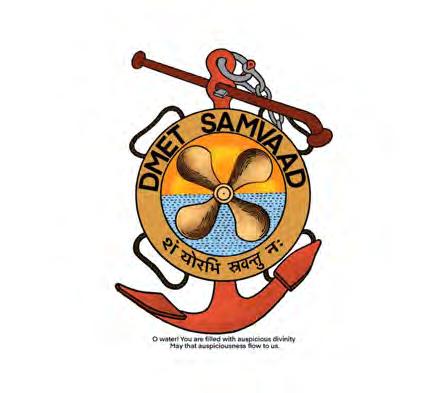
While the session with alumni like Dr. Ravi Kumar Mehrotra CBE (class of 1960-64, founder of Foresight Group) showed that DMETians are the best in the merchant marine, interaction with alumni like Shri Sanjay Dixit (class of 1977-81, retd. IAS) showed the cadets that the skills cultivated transcend the maritime sector.
Over time, Samvaad has grown to a platform where vital issues are discussed, myths are broken and new opportunities are discovered.
In the company of acclaimed alumni like Shri Vivek Seth (class of 1983-87, Senior Vice President of Marine Services at ADNOC Logistics and Services), Sessions 8, 10, 12, 13,
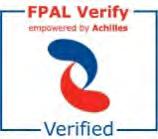

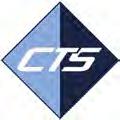


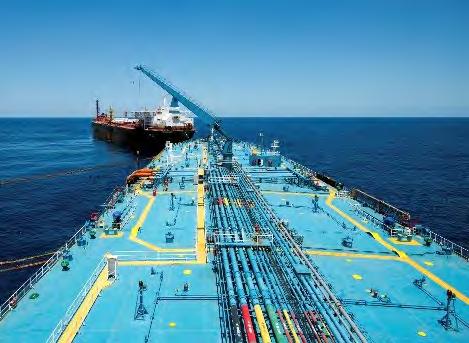
14, 15, 18, and 21 of Samvaad were dedicated to enlightening the cadets about the opportunities in the maritime sector and the skills they need to grow to keep up with the changing tide.

Long ago, shipping was considered a man’s field. To break this myth and celebrate the success of women seafarers, DMET Samvaad holds sessions time and again in the presence of alumni like Smt. Sonali Banerjee (class of 1995-99, India’s first lady marine engineer) and Smt. Ruchi Tripathi (class of 1998-2002, marine vetting specialist, Chevron marine assurance).
The waters of India rest on the shoulders of both the Indian navy and the merchant navy. Session 22 of Samvaad was focused on discussing the synergy between the Indian navy and the merchant marine, in the presence of Admiral Karambir Singh (former chief of Naval staff) as the keynote
SEABOARD provides full range of Marine Repair Services for all vessels going to Malaysia & Singapore Port limits and nearby outer limits anchorages.
Towage, berthing & unberthing.
Lay By Berth and Berthing services in Malaysia ,Johor
Drydock agent for MMHE ( Shipyards )
Afloat Repairs such as ME, Gearbox & AE complete overhaul, Deck Machinery, Bow


Thruster and other general mechanical works.



Repair of hull damages due to collisions, mechanical contacts & corrosion
Pipe fabrication & installation

Decks and Ballast tanks coating upgrading works due to corrosion
Complete solutions for Offshore Mobilisation and Demobilisation including Logistics, Rigging, Lashing Fabrication & Sea fastening installation.

Tank Cleaning Works & Painting / Coating Works – Singapore NEA Approved


Collision Repairs and hull damages
Seafasterning for offshore mob & demob projects
Main Engine / Aux Engine / Gearbox / Deck Machineries works
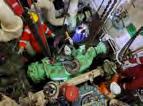
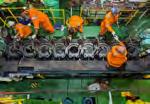
Provision supplies
speaker. It discussed several problems India faces as a maritime nation and plausible solutions to tackle the same.

December 20, 2021, marked one year of positive growth through successful sessions from DMET Samvaad. To celebrate this milestone, a panel discussion on ‘Evolving Synergies between DMET and its alumni’ was held. The session was attended by dignitaries like Shri Harish Agarwala (class of 1956, president of AECDMET), Shri Umesh K. Razdan (class of 1972, president of Hong Kong alumni association) and Cdr. Gaurav Agarwal (class of 1985, ex-secretary DMECA).
The sessions held so far have been a gold mine for the cadets, acting as a bridge between them and industry leaders. It is the love of the alumni for their alma mater and the efforts of the Samvaad team that has connected the roots of the college to the leaves, and that bond is being kept stronger than ever with an undying determination to carry on the DMET brand. ▄
Afloat Repairs
Complete solutions for Offshore Mobilisation and Demobilisation
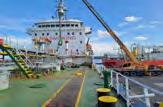
Ship Renaming Work
Collision Repairs and hull damages
Main Engine and Deck Machinery
At Seaboard it's all about "Adhered Assured" - "it's what we believe, deliver, committed and ardour"





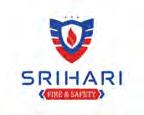



3.CLEANGASSYSTEM(NOVEC,FM200&HALON)
4.FOAMANALYSIS
6.FOAMPROPOTIONALTEST(5YEARLY)
7.DRYPOWDERANALYSIS (MOISTURE CONTENT)
8.WATER BASED SYSTEM
9.DEEPFATFRYERWETCHEMICALSYSTEM
10.GALLEY HOOD SYSTEM
11.MASTRISERSYSTEM
12.FIREEXTINGUISHERS
13.SELF-CONTAINED BREATHING APPARATUS (SCBA)
14.EMERGENCYESCAPEDEVISE(EEBD)
15.MEDICALRESUSCITATOR
16.LIFEJACKETS(FOAM&INFLATABLE)
17.IMMERSION SUITS
18.BREATHINGAIRCOMPRESSOR

19.BA COMPRESSOR AIR ANALYSIS
20.FRESHWATERANALYSIS
21.LIFEBOAT & RESCUE BOATS (ANNUAL & 5 YEARLY)
22.FIREMAN & CHEMICAL SUITS
1.FIRE DETECTION SYSTEM

2.FIXEDGAS DETECTION SYSTEM
3.PORTABLEGAS DETECTOR (ALL MAKERS)
4.ALCHOLOL METER
5.BAROMETER
6.DEWPOINT METER
7.DYNAMOMETER(LOADCELL)
8.FLOW METER
9.INERTGASSYSTEM
10.LEVEL GAUGE
11.MULTIFUNCTION/MULTIMETER
12.MMC / UTI –ULLAGE DEVICE
13.OILWATERSEPERATOR(OWS)
14.OIL DISCHARGE MONITOR (ODME)
15.OLIMISTDETECTOR(OMD)

16.TEMPERATURE / PRESURE CALIBRATOR
17.THERMOMETER
18.TORQUE WRENCH
19.VAPOUR EMISSION CONTROL SYSTEM (VECS)
20.PRESSURE/VACCUMGAUGES
21.LOAD TEST OF CARGO HANDLING MACHIERIES
22.SAFETYHARNESS/FALLPREVENTIONDEVICE
Nowadays, we hear a lot about “Artificial Intelligence” or AI in short.
So, what is it? If we look back to the beginning of automation, AI has always been there. The automation started with basic proportional control. That is a simple float valve to control the level of liquid or simple ball type governor to maintain speed. The system will “sense” and then “think” if the parameter is within required range and if not, then “decide” and “take action”. So, it had a little intelligence. Then came the PID controllers to make it faster and more accurate. However, when one of the medium’s properties changes, such as seawater temperature, the effectiveness of the PID controller changes. And with electronics, came the “self-adjusting” PID controllers - they could adjust their PID settings themselves.
However, these still worked in a certain fixed manner. They were unable to “think” about the extremities of deviation. That is, how far they are from the target and adjust accordingly. So Fuzzy Logic took over. Those were the ultimate things.
Human beings are “greedy”, “lazy” and “dreamers”. Hence, they were not satisfied with fuzzy logic. They wanted something better. Washing machines could wash clothes better. Air Conditioners could maintain the environment better. Coffee machines can make coffee as per individual taste but then how about a machine which can do all these things together? Well, if not, then how about controlling these machines together. Let them think about controlling machines automatically – time to wash clothes, time to switch on the air conditioner or to make coffee. And the search for “Artificial Intelligence” continues.
So again, what is AI? Computer Hardware itself is not intelligent, but a “Simple Float” is. Computer Programs can be made to work “intelligently”. A float continuously “senses” or “monitors”, “compares”, “thinks” and “takes action”. But some may not agree as it is compared to
human intelligence. To compare with human intelligence, we need to evaluate a few things, the way it is processed.
First, the number of sensors. The number of sensors per square centimetre of human skin. Sensor for maintaining upright position and maintaining balance. Sensor for hunger. Sensors for sleep. All those are continuously sensed and processed, together at same time. And the humans are unable to note it or feel it. Same is true with all living beings, whether it is a plant or an animal. This achieves a high redundancy and extremely high reliability.
Then comes the adaptation and evolution. All living beings are able to adapt to changing scenarios. They can sense the change in scenario, whether it is climate or shortage of food, they are able to adapt and evolve. Depending on the changes, certain parts can become redundant while certain parts can be more active. In simple words, weightlifting will build one type of muscles and aerobic exercise will build another type of muscles.
Another critical aspect of intelligence is that it can sense damage and can heal itself. Bones can join, bleeding can stop and so on. So, the AI should be able to automatically heal some of the damages sustained during the lifespan of the equipment.
And the most critical aspect of intelligence is regeneration. All the living beings are able to regenerate themselves. Birth and death are a continuous process. And then some of them reach a point where they become extinct.
So, is the AI really an intelligence or is it an advanced automatic control system? It is yet to be seen. Only time will tell. Once they are able to heal and regenerate without the need of human beings, they can be dubbed as truly “AI” or “Artificial Intelligence”. Till then, automation will continue to evolve with new names. ▄
“Leaders” & “Leadership”, small words, but have a big impact on any organisation.
• H ow to be an effective leader?
• W hat are the ingredients of a successful leadership?
These are the questions which people have tried to find out over past few centuries, the evidence goes back as early as 500BC to the times of Confucius and Xunxi from east and philosophers like Plato, Machiavelli, Hobbes and Locke from west.
The study on successful leadership or effective leaders has been a point of interest for many scholars and out of this interest, many theories on leadership have been proposed.
So, how does a leader with vision & strategic direction will create an influential impact. The prominent leadership theories developed so far are:
• Trait theory
• B ehavioural or style theory
• C ontingency / Situational theory
• Transformational theory
• S ervant leadership theory
• E motional intelligence theory
Other than knowing leadership, critical understanding of the difference between management and leadership is also very important. Not all managers exercise leadership and not all leaders manage.
• W hat is the difference between leader and manager?
• I s leadership better than management or vice versa?
As per Kotter J P, 2001 none of them is better than other, but both are complementary to each other. Management is about coping with complexity, Leadership, by contrast, is about coping with change. A successful organisation should have both, strong leaders as well as strong managers.
To explain this, let me relate these theories to our profession of shipping for ease of understanding. To access the leadership abilities of senior management officers onboard and managers ashore, I reviewed few prominent leadership theories and then drew a conclusion for the best form of leadership in our maritime sector.
This is one of the earliest leadership theories, developed around 1920’s. This was an attempt to identify the common traits of effective leaders. The theory states that all effective leaders share common traits.
Trait approach assumes that leaders are born and not made. For an organisation to be successful, the organisational leaders must be chosen with leadership traits. The following six traits of successful leaders were identified:
1. D rive and ambition
2. T he desire to lead (and influence others)
3. H onesty and integrity
4. Se lf-confidence
5. I ntelligence
6. K nowledge
The popularity of this theory could not last later than 1940s. The main drawback of the trait theory is that it does not include situational factors. Secondly as research findings revealed, there are no specific traits common to all effective leaders.
Behaviour leadership style is the way in which
• t he functions of leadership are carried out,
• t he managers typically behave towards member of the group
In the context of work, managers can no longer use his position; instead, use his behaviour towards his team so that it shows cooperation & Motivation for team. This theory gains popularity at the FAQ end of trait theory and was being a point of interest between 1940s and 1960s.
However, this theory also has its own limitation and shortcomings:
• I n different situations, different type of role is expected
The way leader behaves in one part of the world with one culture might not be accepted at the other part of the world having varied culture. We all know the essence of shipping lies in its multi-cultural existence.
Transformational leadership is the process in which leaders and followers raise one another to higher levels of morality and motivation.


Visionary leaders transform followers by creating changes in their goals, values, needs, beliefs, and aspirations. They accomplish this by appealing to follower’s self–concepts – namely, their values and personal identity.
The main objective of the transformational leadership is to empower followers with enough motivation so that they can contribute willingly without much supervision.
Such a visionary/charismatic leader can lead people to be fully dependent, but leader influence is unidirectional from leader to follower and there is no exchange from follower to leader. The risk with this type of leadership is that at times:
• T here can be a negative transformational leadership (e.g., like Hitler, who was charismatic, offered a clear vision to people as followers, but his goal led to the ruin rather than uplift of his followers.)
• T he influence of a leader is directly on the individual/ follower but not on organisation or the process
The assumption of the theory is that no single leadership style is appropriate and effective in all situations. There are some major sub-theories under the contingency leadership:


• F iedler’s Contingency Model
• V room & Yetton contingency Model

• P ath Goal theory
• T he Hersey-Blanchard Model of Leadership
One Contingency theory which has proven popular is Hersey-Blanchard Model and it suggests that the leader should use the styles of Telling, Selling, Supporting, and Delegating depending upon the situation and employee he is dealing with.

The theory recognises the need of behavioural flexibility on part of the leader and its application is truly situational in nature. If we see the leader behaviour is being governed by follower, making follower a key element. Here the leader is influencing as well as working together with follower towards a common organisational goal, thus making it an Ideal leadership model. The leader is expected to train and coach follower so that they gradually move from directing to delegating.

Before coming to the final phase of my conclusion, I would like to emphasise again that leaders are not just born, they can be developed. Every individual has a leadership quality within himself/herself, but how to hone that quality is what a leadership development is. These employees onboard as well as ashore are professional to the highest level, they
have been selected over thousands of other people, so most of the times there is no question of competence. This leadership development should not only be restricted to top level but should be given at all levels including junior ranks.
In my opinion, a Situational leadership model will be most apt in this ever-changing environment of shipping to have the optimum performance from employees.
As per Blanchard (2007, p5), ’Leadership is not something you do to people, but something you do with people.’
By now we know, situational leadership, it is up to the leader to change his style, not the follower to adapt to the leader’s style.
In the present environment of shipping industry, the need for dynamic leaders onboard as well as ashore is very much required. A ship costing USD 60-70 million, with cargo worth USD 100-120 million is being handled by these leaders. We need these leaders to adapt to the changes and still influence followers to achieve the performance excellence towards the common organisational goal of safe and efficient ships. ▄
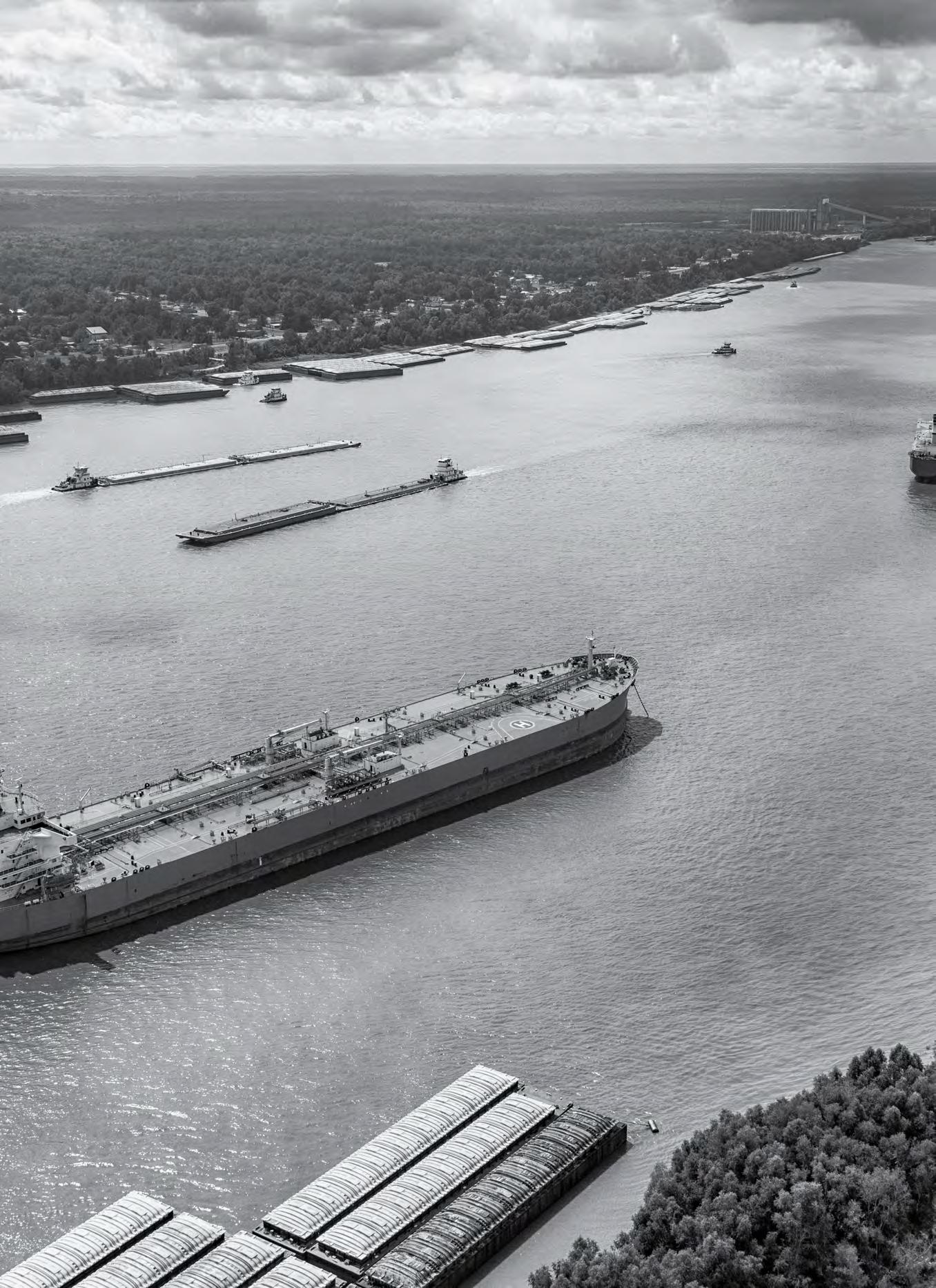
We need to turn the tide.
Rustibus® de-scalers removes rust and paint debris from ships. Our machines have a vacuum port for debris collection and our new ECO series comes with a built-in waste collection bag as well.
In 2021 we cleaned over 1,7 mill m² and prevented 3,5 mill kg of waste from entering the world’s oceans. Clean Oceans are our shared responsibility and Rustibus® is paving the way for a greener industry.

See our extensive family of tools at rustibus.com

Jyoti Sarup Kanya Asra, is a lovely orphanage for the Girl Child, located in Kharar, Punjab; not very far from Chandigarh. We have been associated with it for many years now and it has been a great learning ground for us.

Few years back my wife Prini & I had gone to spend a lovely afternoon at Jyoti Sarup. My love for eating is hard for me to hide and all at Jyoti Sarup are well aware of it ...!!
So, they had made lovely pakoras for us and for all the kids. As we sat down to eat, a small girl of about 7 years who had just returned from school, came to meet us. We offered her a pakora. She took it and looked at it with glee; a big smile on her face.
Just before she took a bite, along came a smaller girl of about 4 years. The 7 year old girl looked at the younger girl, sat down on a chair and called the younger girl to her. She made the younger girl sit on her lap and started feeding her the pakora.
The expression of love and compassion on the elder girl’s face was a treat to watch. It seemed as if it did not matter one bit, whether she got a pakora for herself or not....... the younger girl eating happily was enough for her.
A tear drop rolled down my cheek...... How was it possible for such a small girl to have such a big heart. She had nothing, nothing at all ...... not even parents and still she was ready to share.
Quite often our Heart sends out a beautiful message; a thought which is driven by compassion, love, selfless intention; an urge to share resources, knowledge or time with others. Sadly, most of the time, before we act on that message, we hesitate. The moment we hesitate, our conditioned mind gets the cue. Like a veteran lawyer it steps in - asking questions, debating, giving reasons. Before we know it, the seed of doubt has been planted….… and the magic of that moment has been lost….!!
That day, Prini and I made a decision together, a decision we have stuck to till date and hope to do so till the end of our days. A decision to listen to our Hearts and not to let our mind interfere when it comes to Giving or Sharing...... Sharing was to become our life’s purpose.....!!
When we got connected to Jyoti Sarup, they were in a small rented shabby house with about 20 kids to take care of. Today, the strength is above 120 kids and they have moved to their own lovely building. All thanks to Dr Harminder Singh (PIC), the complete team, the many supporters who have lent a hand in various ways. Truly proud to say, many from our batch of 95 have always been a great support, especially during the hour of need.
Thanks to our Mom who introduced us to Jyoti Sarup. More importantly, she introduced us to the wonderful world of Sharing ▄
Today I share with you one of my life-changing experiences....!!
For an industry that operates around the clock and has operations at different geographical locations globally, work from home was nearly impossible until COVID-19. Before 2019, most Shipmanagement companies perceived it impossible to permit flexible working hours for the employees. But the pandemic abruptly changed it all. It created a ‘do or die’ kind of situation for everyone, leaving many unprepared.
Resilience is the hallmark of the Maritime Industry. From facing the wrath of the sea to the repercussions of economic downturns, it has not only kept the pace but has played a crucial role in moving the world forward. In no time, quick adjustments were made, and it was business as usual. However, the transition is not always as smooth and easy as it looks on the surface. Managers and team members were suddenly in a new territory, left alone to decipher this whole new gambit. Gone were the cooler talks, camaraderie at the beer bar. Walking over to a colleague’s table for a quick update changed into a scheduled video call.
Working style and environment changed drastically. Taking work home has traditionally been practiced in this industry; it suddenly took center stage . Regular
work routines got disrupted and pushed people to adapt to the new norm of working virtually from home. Adjustments at home to work remotely was one of the first challenges. It involved finding a quiet place to work and battling with a new set of “distractions,” like a child wanting attention or a dog barking. What the transition also did is that it blurred the line between people’s personal and professional space. People tend to keep their family life separate from professional life. With office doors virtually opening at home, their personal lives suddenly became exposed, which is not comfortable for many.
Many people reported a surge in efficiency bar, as they no longer waste time commuting, and their efficiency level has increased dramatically. But for some, this commuting time used to draw a line between home & work. With this demarcation gone, some employees find it challenging to disengage at the end of the workday, impacting their personal relationships. Even though people are spending more time at home, they are continuously engaged with work all the time, they are physically there and yet not there with their family.
If working from remote is here to stay, it will require a vast mental shift for both - the organizations and employees
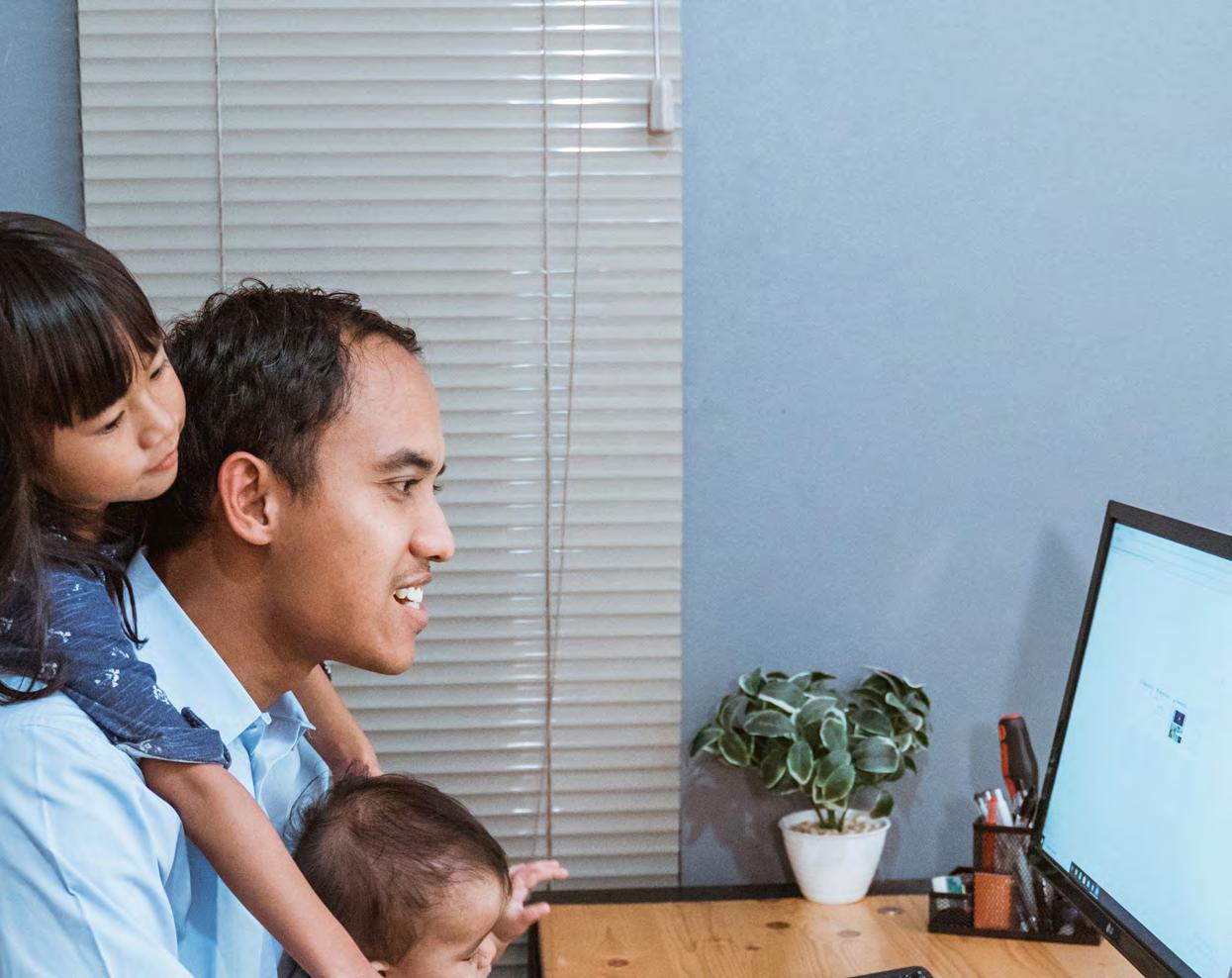
alike. The senior management will have to make a conscious effort to address the challenges posed by the change in the work environment.
The fact is that the more virtual the working environment, the more the quality of management will matter.
Significant challenges that managers of remote teams will have to master are as below:

1Keeping the engagement level high . Some leaders fear a decline in team members’ engagement level with each other as people get accustomed to WFH. Staying isolated over a more extended period can decrease ‘belongingness’ towards their organization.
Establishing the ‘rules of engagement’ with their teammates . Managers need to ensure that communication among team members occurs, information sharing happens, and expectations are conveyed. One of the simplest ways to create necessary social interaction is to keep some time at the beginning of the team calls solely for non-work items, such as casual conversation, to understand each other’s situation. Other options include virtual parties in which food is delivered to all team members at the time of a video conference; it can be sent in advance to be opened and
enjoyed simultaneously. Such virtual events help reduce feelings of isolation and promote a sense of belonging.
Drawing the line between professional and personal lives . With no reason to be inaccessible, people are expected to be on call all the time. The sudden move to increased screen time causes fatigue and shortens the attention span, as staring at a laptop screen is more exhausting than face-to-face interaction. But the situation further worsens when the bosses fail to recognize the difference between ‘working from home (WFH)’ and ‘staying (on leave) at home.’ Employees report that bosses expect them to do work and make video calls during office hours, but when they ask to take official leave to do personal work, they are asked questions. Drawing a line between personal and professional fields while excelling in both will be critical for the employees’ psychological well-being.
Providing clear guidelines to avoid confusion . To keep the WFH efficient and satisfying, the managers need to establish clear remote-work policies and set expectations for their teams’ frequency, means, and ideal timing. For example, managers can create a rule about doing video conferencing for daily check-in meetings and Instant Messenger/ Chat/ WhatsApp when something is urgent. It is crucial to identify the quickest way to reach each other for urgent matters during the workday.
1 2 3 4 5 6 7 8
Keeping the engagement level high
Establishing the ‘rules of engagement’ with their teammates
Drawing the line between professional and personal lives
Providing clear guidelines to avoid confusion
Working remotely requires managers to change their management style

Understanding the challenges of working remotely
Staying connected with teammates and offering regular feedbacks
Building relationships and trust
Working remotely requires managers to change their management style Managers will have to trust their workers to do the right thing and empower them with information, training, and tools. They will have to unlearn the traditional philosophies of command and control, embrace collaboration with their subordinates, and discard legal concepts of manager-directed work on a day-to-day basis.
Understanding the challenges of working remotely. Lack of in-person supervision makes it difficult for the managers to fathom factors that can make remote work demanding for the employees. High-performing employees can experience declines in job performance and engagement when they begin working remotely, especially in the absence of preparation, quick access to other team support, and training. Managers worry that employees will not perform as hard or as efficiently while the employees struggle with reduced managerial support and communication access. On the other hand, some employees feel that their managers do not care about their needs and are not supportive or helpful in getting their work done.
Staying connected with teammates and offering regular feedbacks . Managers feel disconnected and find it challenging to provide feedback to their teammates, mostly negative feedbacks for further improvement. Giving

feedback is an integral part of managing the relationship with the team members and developing them. Having a dialogue helps create a better relationship with others. A simple question such as “How is WFH for you so far?” can elicit important information that you might not otherwise hear.
Building relationships and trust . Having empathy, compassion, and understanding for the coworkers will create a pathway to better collaboration. Finding out about work-related and interpersonal challenges among remote coworkers is essential as a lack of knowledge about others’ situations leads to a lower willingness to give others the benefit of the doubt under stressful conditions.
People who know how to manage themselves during stressful times and are perceptive to others’ needs and feelings will be able to maintain healthy relationships and keep others connected and motivated, despite the difficult times. Such people become role models, and others take cues from them about how to react to sudden changes or crises. If the leaders handle stress tactfully, they set an example for others to follow. This requires astute Emotional Intelligence skills, as it allows people to understand others’ predicament, exercise self-control to restrain impulsiveness, manage stress, and remain optimistic during ambiguity. Especially during a crisis when efficient handling of change will decide a team or organization’s success and their survival in current times. ▄

DAYS
My parents wanted to visit the 4 Dhaams in Uttarakhand – Yamunotri, Gangotri, Kedarnath and Badrinath . Being the eldest son in the family, I had the privilege to go with them for the Yatra.
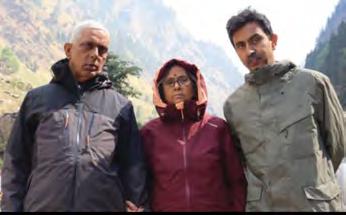
Gurgaon to Rishikesh via Hardwar
Distance : 310 Kms. Place of Interest: Ganga River, Laxman Jhula and Ram Jhula.
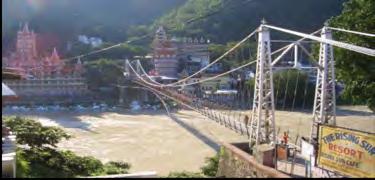
Rishikesh to Balkot . Distance: 190 Kms. Difficult broken rocky road, with frequent cases of Mountain slide. Balkot is the base camp for climb to Yamunotri.
DAY 03 DAY 04 DAY 03 DAY 08
DAYS
Visit Yamunotri temple – A steep ascent of a little above 5 Kms from Balkot, which is tiring for older folks. Yamunotri temple has Suryakund, a hot spring, and the freezing water of Yamuna river side by side. Yamuna river can be seen flowing down from the Himalayas, but the actual source is not visible from Yamunotri temple. There are mules and palkis available for older folks. After return, we drove close to 100 kms to Uttarkashi and spent the night there.

Gangotri is accesible by road and cars and buses go till the gate of the temple. Flow of Ganga river is extremely strong and bath is taken only using bucket, even
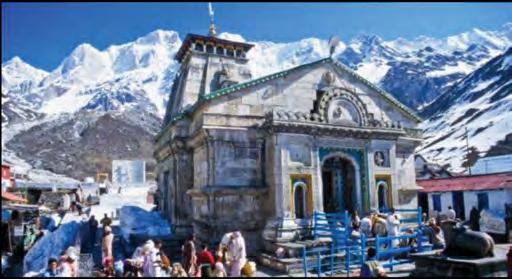
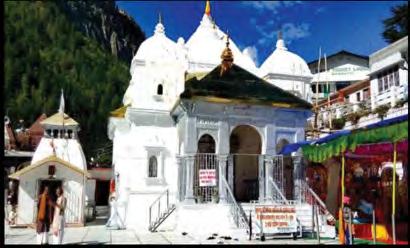
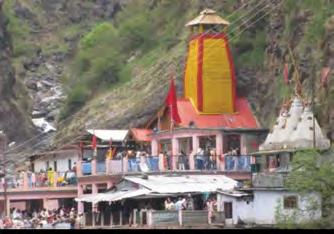
that can be dangerous, if careless. Gomukh – the mouth of Ganga river is further 18 kms of trail walk from Gangotri and takes 2 days with a night halt in between. After holy bath and Darshan, we returned back to Uttarkashi.
DAY 05
We drove to Phatta for our visit to the gorgeous edarnath. The journey is breathtaking beautiful. Helicopter services are available from Phata to Kedarnath and is both time and money saving, specially for older folks. It is not easy to get tickets.
DAY 06 DAY 07
Kedarnath Darshan – We drove from Phata to SonPrayag and parked our car there. Licensed horses/mules/ palkis are to be booked at Sonprayag, however there is futher transportation of shared Jeeps available from Sonprayag to Gaurikund. Because of the crowd, my parents were unable to get in the Jeep and we started our ascent to Kedarnath temple from Sonprayag – a 23 Kms journey. I have not seen a more beautiful
place on this earth than the sight of Kedarnath temple. Temperature in June was close to Zero deg C. We spent the night at Kedarnath temple. On next day, we returned back to Phata and rested there for the night.
ONE STOP SERVICE PROVIDER FOR ALL MARINE NEEDS

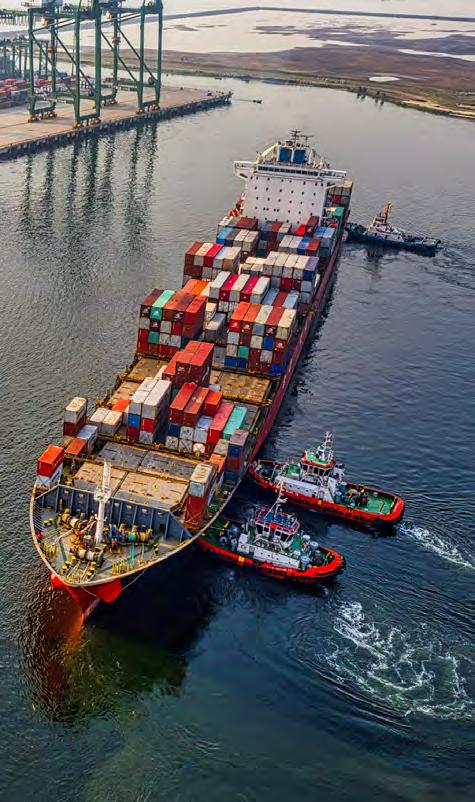
Technical: Mr. Sanjay Singh (96231497)

Operations: Mr. Yogesh Bhat (9784 3955)
Accounts: Mr. Tony Xu (91513021)
DAY 08
Badrinath is accesible by road and we drove directly to Badrinath from Kedarnath. Temperature was sub zero or close to zero in the night, and the deities at Kedarnath and Badrinath is moved around Diwali. All four temples are located with snow clad mountain embracing them at background, and rivers flowing.
The journey is dangerous because of landslides, accidents, as well as very tiring. Physical exertion also causes death to some devotees. It took another 2 nights and 3 days to return to Delhi. At the end of the journey, I was unable to speak because of cold and physical exertion and my parents were exhausted to the max. The divine experience, breathtaking view of the mountain, the darshan of 4 dhaams, as well as fulfilment of my parents wish is now the biggest accomplishment of my life. ▄

We have riding crew to board vessel anytime & carry-out Engine repair, Steel works

M/E & A/E Generator Servicing & Repair

We can support at Singapore and India. Our riding team can sail with the ship and work

Aircon and Insulation repair / servicing
Our workshop in Singapore & India is fully equipped to fabricate anything which is required by the ship as per sample OR drawing.
Reconditioning of Main Engine & Auxiliary Engine Spares Supply of Engine Spares


Supply and repair of Radio Equipment’s & Radars
We have presence at Singapore, China, USA, Rotterdam, India Spain and Portugal. We have many major maker’s certi cation and can be produced as and when requested.
Supply of New & Rewinding Motor
We keep stock for standard IEC motors ranging between 0.18kw to 250kw at our workshop. Any modi cation to suit the ship’s requirement can be done accordingly.
Boiler Servicing, repair & re-tubing
Calibration of ODME & OCM

Poetry, the highest form of literature, influences us because it shows different shades of human beings. It is one of the most ancient arts through which we tell our stories.
By Alok Misra | Roll number 3400 | Class of 1987


Joy. What is joy?
Is it the warm feeling of love? Or the sweet singing of Dove?
A mother’s soft kiss on parched lips? Or the baby pink pigment on blushed cheeks?
Is it the feeling of new spring’s aura? Or the blossom of idyllic flora?
The sky on a crisp winter dayspring? Or the dulcet melody as nightingales sing?
Is it the feeling of victory? Or when you write history?
The pride of reaching the mountain top? Or the first time a baby learns to hop?
Specialist: Fire Fighting, Life Saving Apparatus, Calibration & Load Testing of Equipment. www.victorymarinesafety.com

Specialist: Lifeboat Services www.beyondmarinesafety.com
Vista
Specialist: Automation Services www.vistaautomation.com.sg
Is it the feeling of freedom and choice? Or when you get your own voice? The life when the bird sets free from the cage? Or when one is no longer blinded by rage?
Is it the sun returns during sunrise? Or when from a fall you rise? The strength to bounce back? Or when you learn a new life hack?
Is it a feeling for only queens and kings? Or one you get from little things?
Happiness is a choice, that’s true! It’s different for me and you!






Life is a beautiful experience
A beaming journey, full of exuberance
A blessing from the divine Air, water, earth, wind, and fire when combine
It’s a journey, entirely the Almighty’s creation
An ongoing phenomenon, with only the final destination
Crests and troughs




Highs and lows
Ups and downs
Embed the ramp of this journey marvellous
The passage of growth from infancy to senility is just fantabulous
Aspirations, endeavours, and quests
Expectations, heartbreaks, and requests

These emotions, many a few
Our plans going berserk and askew
We still cling on to the essence of life
Animate as we are, acclimatised to joy and strife
A bouquet of relationships does add fragrances
Every chapter in the book of life is replete with remembrances
Life gives us opportunities to lead purposefully Or spend it frivolously

The evolved brains over the other beings that we possess Is certainly God’s blessing in disguise, His extreme farsightedness

For the myriads of moments spanning from birth to death
Gratefulness should be resonating in our every breath!




Before the ink dries, and the nib flattens. I shall write a poem. A poem to make me happy, before the mood saddens.
I shall keep on writing, and writing till the end. A song, a poem, a story that shall never end. And read it till you last, last till you read.
Make some hay my friend while sun still shines. Before the days and nights halt, and there is call from thine.
A poem for the men in field, who daily toils till the day’s ends. A poem for a soldier who lived his life by his guns. Also shall I write for a young lonely sailor, whose hair Shabbily shorn, who long to be loved, but ends up giving love alone. A poem so simple, for the simplest souls that roam.
Why must I not then write a poem for all. All who wish to lead, and all who lag behind. And a poem for those who could never, ever read it till the end.
A poem from the skies, till there, where there is the Earth’s end. Whether you read or not, I must write before I end.
“India is a land of festivals, Diwali, Christmas, Eid, We celebrate these festivals with zest and never feel any fatigue!
India has its culture displayed in customs and traditions, India is known for its unique festivals and celebrations.
India has its specialized Arts, from the Qutub Minar in Delhi, to the Taj Mahal in Agra, That gleefully stay in every Indian’s heart!
India is a land of languages, Hindi, Tamil, Marathi, There are seven-eighty of these languages, that we speak elegantly.
The beauty of Indian culture, whether Folk or Tribal art, Even the wall paintings and sculptures, has its own learning embarked.
India is a land of dances, Manipuri, Kathakali, Odissi, We practice these cultural dances Very gracefully
India has its unity, whenever there is a need, sharing at times of hardships, it’s a value sown indeed!
India is a land of culture, no one can compete, It is known for its bravery for ages, Its culture, none can beat.... “

Your treasures, though not mine, Make me rich for you; For me: I became the richest By my thought.
You may have met your punctual miracle Everywhere! I meet mine through you: You passing me my dues.
Several of heaven’s people, I know, are all the same –Be they in your pervading kingdom, Or dwelling in my land.








Even the butterfly in your park, Drops a smile on my homesick eye –It flies with my memories: In the same old-fashioned way.
On desertly skies, When the staunch chant develops In your opulent minarets –I do not feel an outcaste in ranks, Or broken in faith.

Alike our likeness, I also believe in One God –God of all creations! My humble heart craves For His open grace –The same way as you pray.
From the book: An Indian Ode To The Emirates by Geeta Chhabra.
Note: An Indian Ode To The Emirates, a bilingual (English & Arabic) pictorial coffee table book, has been included for a PhD thesis by Tasnima Yasmin who is an Indian poet and book critic.


Edtech Marine Services an Integrated Marine & Offshore Spares Supplier to become a Reliable & Reputable player in the Marine & Offshore Industry in Singapore and globally.

Edtech Marine Services Supplier of Engineering products includes Electrical, Mechanical, Instrumentation and Hydraulics to the Global Marine and Offshore Industry. Edtech Marine Services focus on Deck Machinery Spares including Hatch Cover, Winch/Windlass, Ro-Ro, Grab and Crane.
We provide complete spares solutions including installation on board vessel of Hydraulics-Hydraulic Cylinder, Piston and Vane Pumps & Motors, Electrical, Instrumentation, System, Steel and Pipe Fabrication, and Repair works. Change on all types of vessels.
We provide complete spares for the following makes: TTS / Macgregor / Tsuji / SMAG


Our Vision To deliver a World Class Innovative and Creative Organisation Driven by Effective Leadership. To Provide Class Engineering Support Spares Solutions.
Our Mission To Deliver Customer Satisfaction by Providing High Quality Suppy Spares and Cost Effective. To create Value and Enhance Performance of Customers Operation.
Quality Policy We strive for Continuous Quality Improvement through Stringent Process Control and Timely Supply Spares.

 By Kushboo Mishra W/O Mritjunjay Mishra | Roll number 5283 | Class of 2003
By Kushboo Mishra W/O Mritjunjay Mishra | Roll number 5283 | Class of 2003




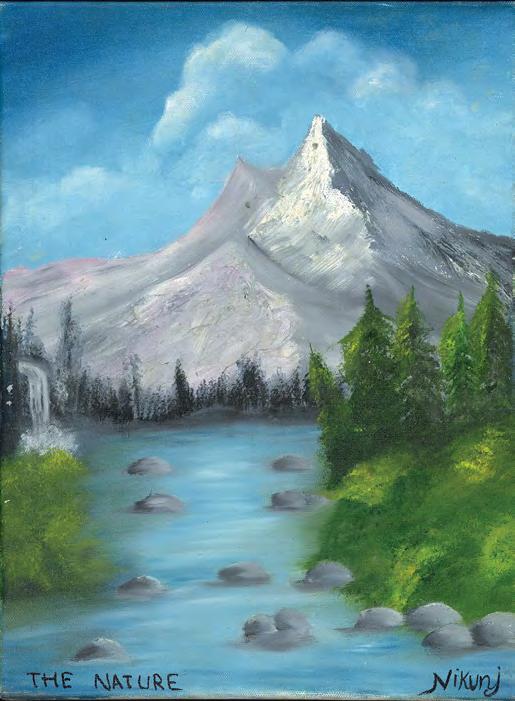
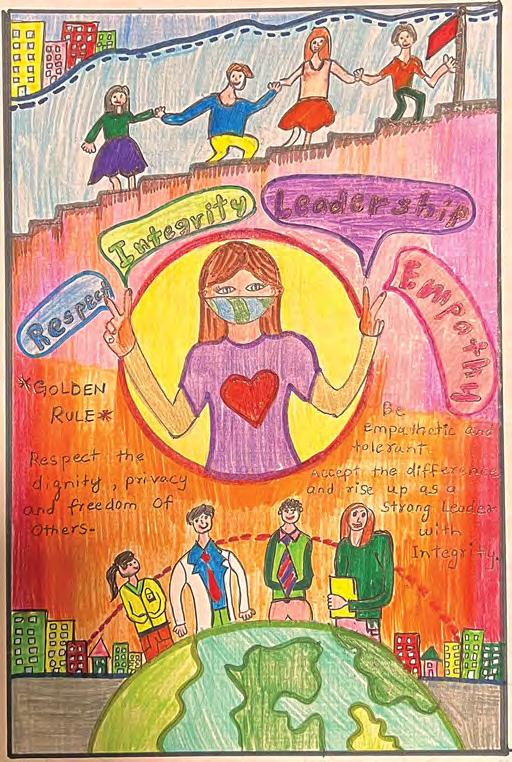

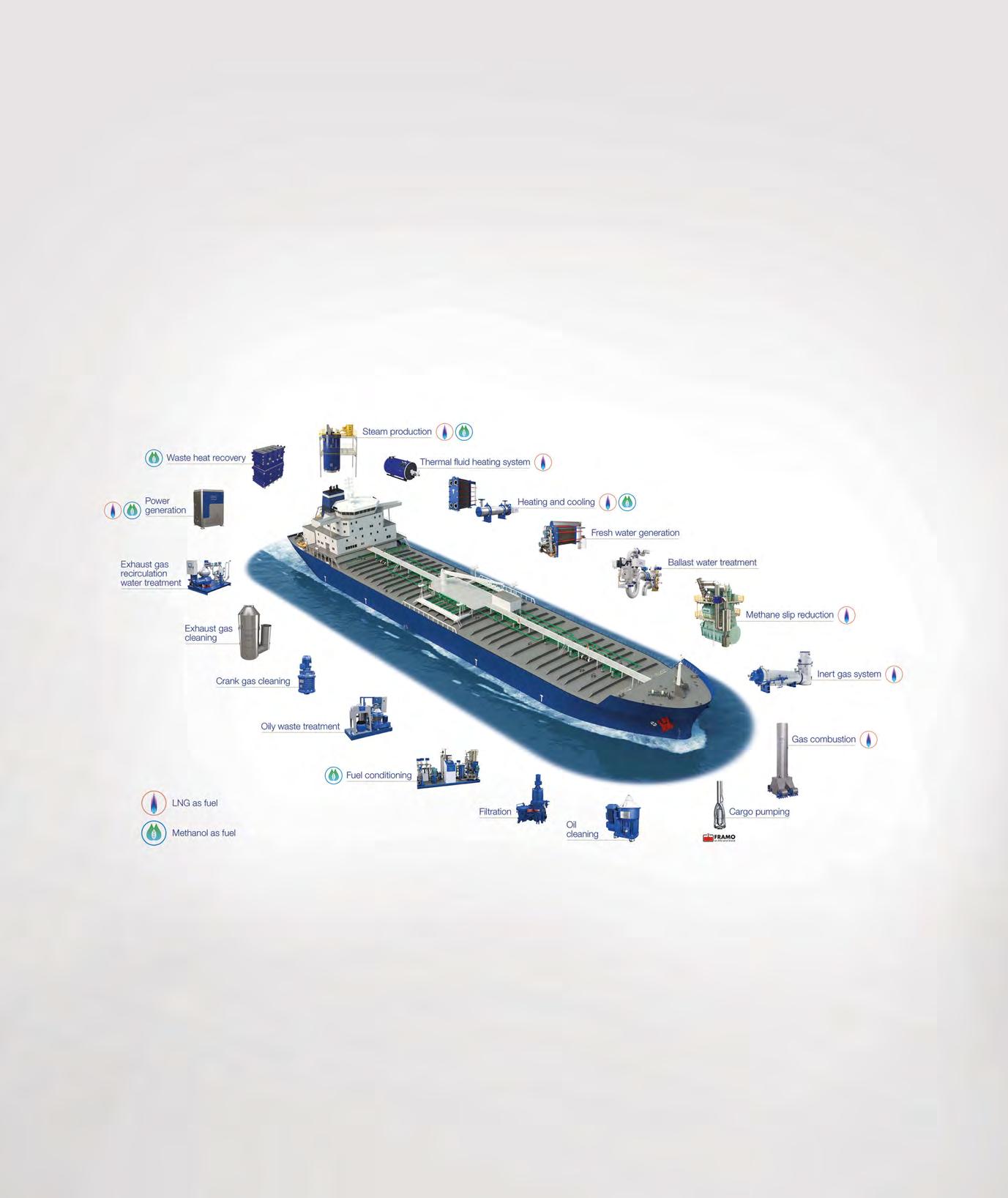

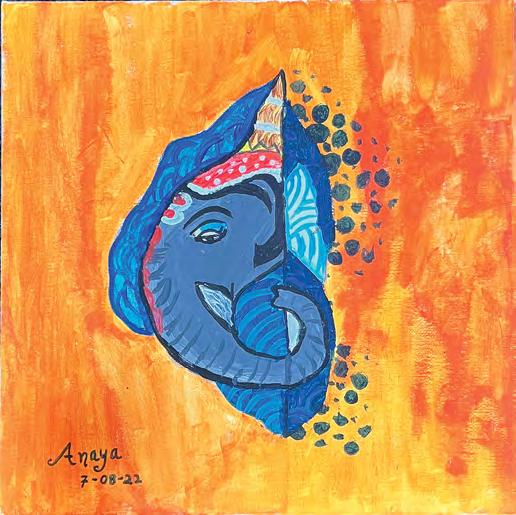

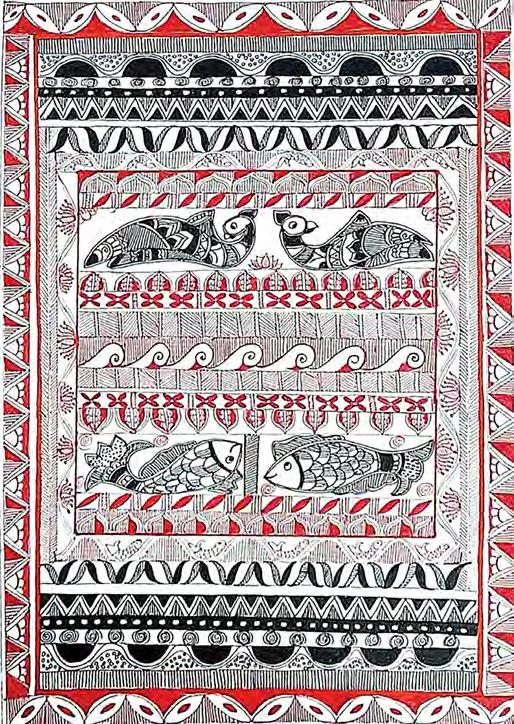

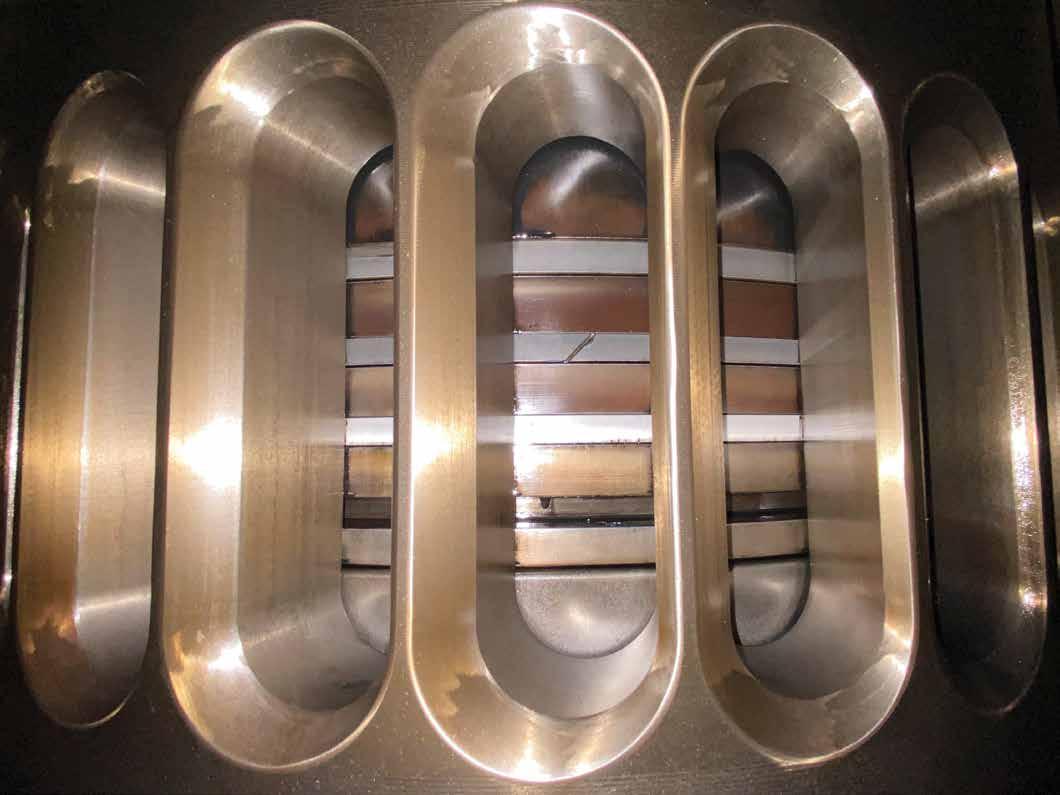
Boats

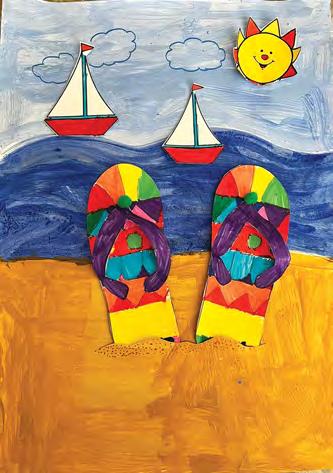
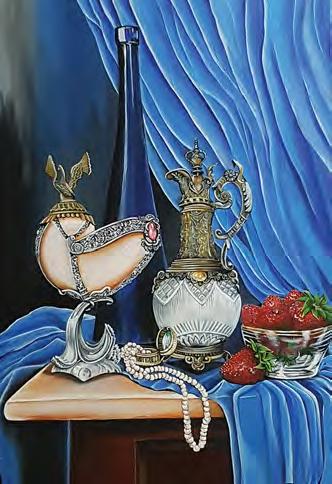

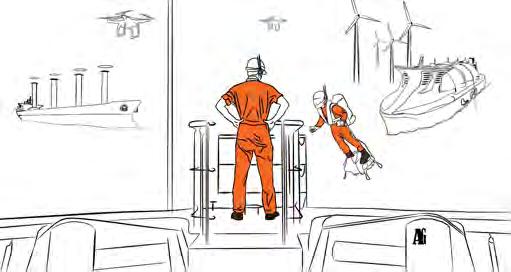




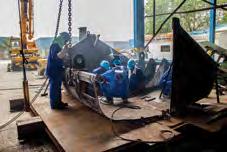
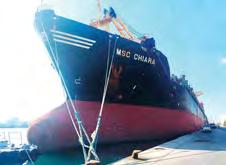
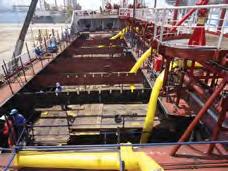
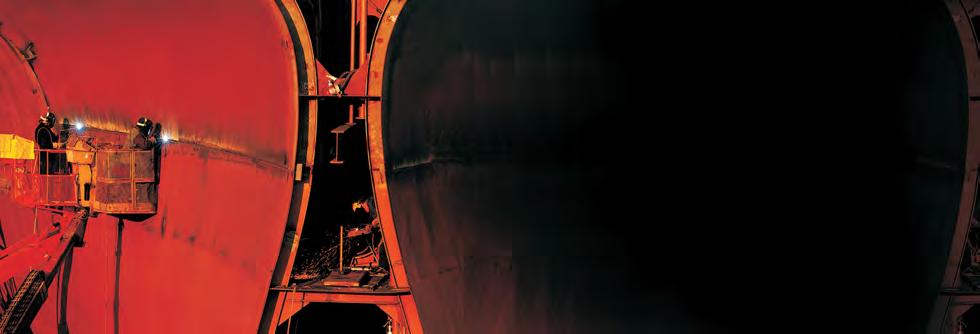




most awaited College admission letter, taking you back in time by whopping 52 years..!! If you notice the technological advancement in those years for accepting the offer telegraphically.


























Firstly, I want to assure you that this will not be a sentimental message full of nostalgia about the past. You probably expect that, considering my seniority in the DMET alumni roster. This will be a message to celebrate what we have all achieved and some gentle humor.
India has completed 75 years since securing freedom from the British. This is a great record for almost a continent to stay united and celebrate togetherness.
Personally, it is even a bigger record that I have survived 63 years after passing out of DMET and in fact, 67 years after I joined DMET.



It is hard to believe the passage of time. At least 40% of my class are gone. It was a class of 50 and, most certainly, the rest of us will join the first 40% sooner or later. Where will we join our classmates? Will it be in heaven or in hell?
The situation reminds me of a joke. Wife asks the husband as to where she will go after she dies; will it be heaven or hell. The husband quickly answers that she will certainly go to hell. The wife then asks what she will find in hell. The husband answers that hell will be full of ugly creatures including monkeys.
She now asks the husband where he will go after his death, would it be hell or heaven. He quickly answers that he will of course go to heaven which will be filled with beautiful dancers and angels waiting to pamper him.
The wife has the last word when she tells him how come she will have only ugly monkeys in the present life and the next after her death while her husband will have such a good life both in this life and in the next when he goes to heaven!!!
My comment on the above story is that we DMET guys will have a good time, good company and enjoy our lives wherever we may be.
This is essentially The DMET Mantra. We came from different parts of India. We got along fine for four years and enjoyed our time in DMET.
We then sailed on ships for 8 to 12 years, we saw much of the world, we interacted with multiple nationalities and cultures. We evolved a way of surviving even under the most difficult conditions.
We then came ashore and took up land-based jobs. It is an undeniable fact that we are ruling the maritime world. Maybe, the glass ceiling kept many of us from getting the top job - unlike our colleagues in the IT industry who found a way to reach the top by setting up their own companies on a global basis.
The purpose of progressive companies of today is to provide an atmosphere of growth without glass ceilings.
The question on your minds will be as to what will happen in the future.
Let me try to answer the question. You must have certainly listened to the TED talk by Robert Waldinger about an 80-year-old research program where they monitored several thousand citizens to find out their happiness levels, their longevity, and career success. The most interesting finding was that the people who lived the longest lived with family and friends and were the happiest. It is not the most successful one, it is not the most aggressive one or the most competitive one that enjoyed a long life and happiness. Also remember what Charles Darwin said that the species that survived was the one that was ready to adapt. Sustainability calls for survival skills and that again calls for ability to adapt. Let me assure you that success and failure in life is all a story that you tell yourself.
It is truly a Maya.
Poet Thomas Gray said the paths of glory lead but to the grave.
Let me leave you with the thoughts reflected in the song “let it be”. Life is worth living and it doesn’t matter how successful or otherwise we have been. If we lived a good life, had a great time with family and friends, that itself is the biggest reward. May God bless you and guide your future. ▄


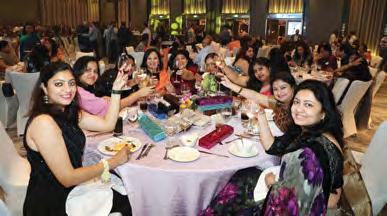
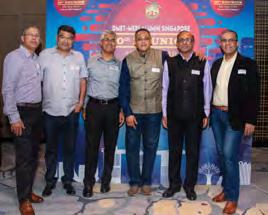
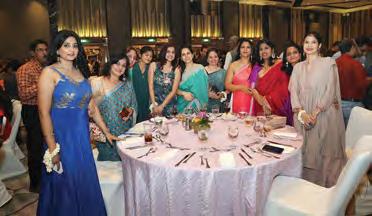

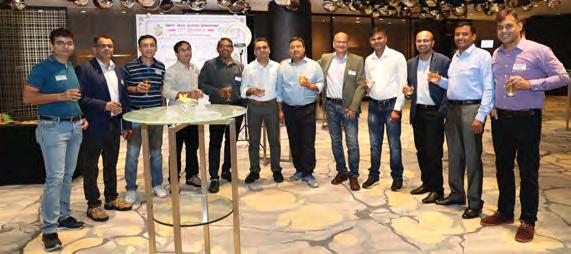
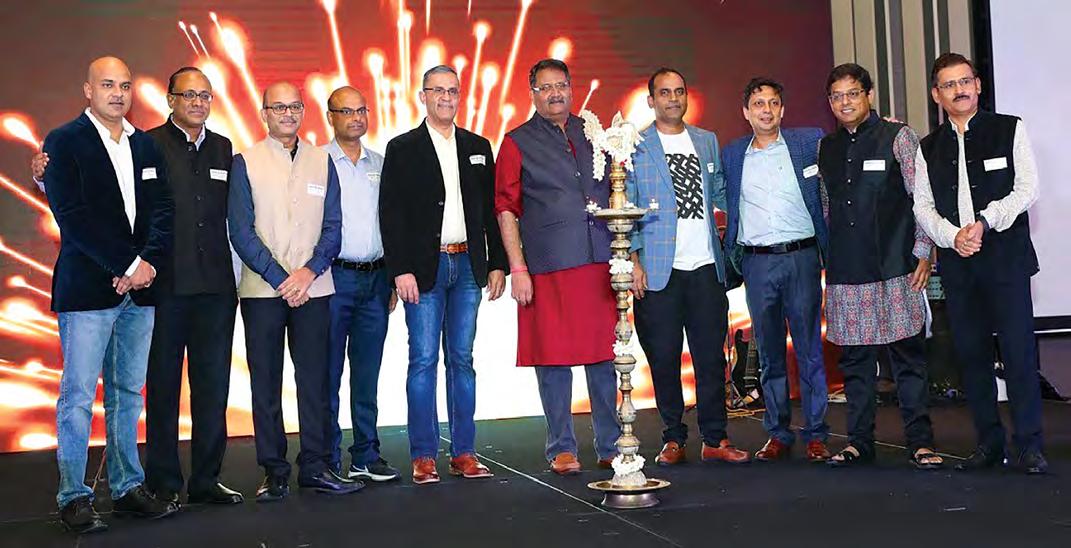
Our Services
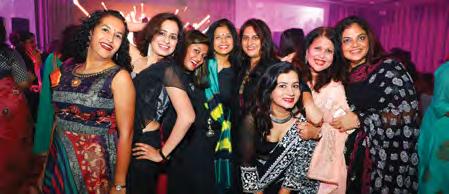
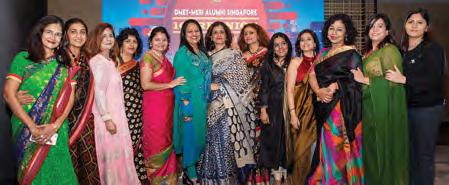


LUBE OIL CONDITION MONITORING PROGRAM

CYLINDER SCRAPE DOWN ANALYSIS
BUNKER FUEL TESTING AS PER ISO STANDARDS
BALLAST WATER ANALYSIS
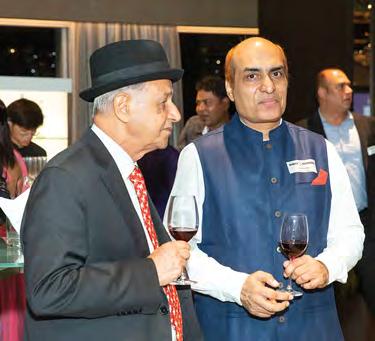

PORTABLE AND EFFLUENT WATER ANALYSIS
SCRUBBER WASH WATER ANALYSIS
FIRE EXTINGUISHING FOAM SAMPLE TESTING
ONBOARD TESTING KITS FOR IRON BN AND WATER
10 May 2019
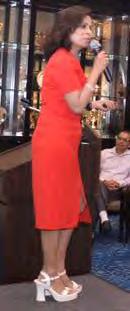
DMET-MERI-Alumni Dinner @ Sri Narayana Mission
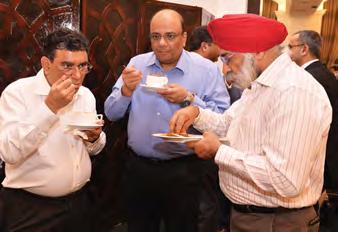
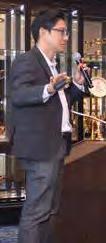
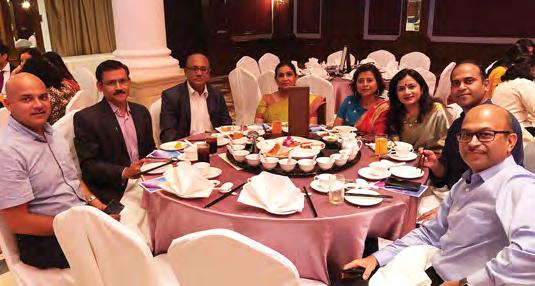

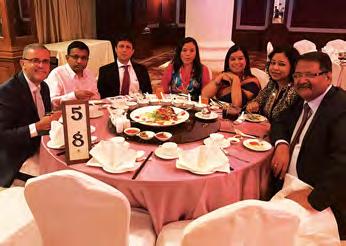

31 July 2019
DMET-MERI-Alumni Technical Committee Meeting @ Singapore Cricket Club

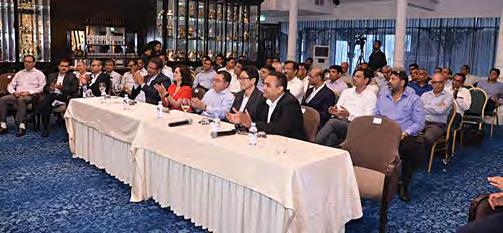


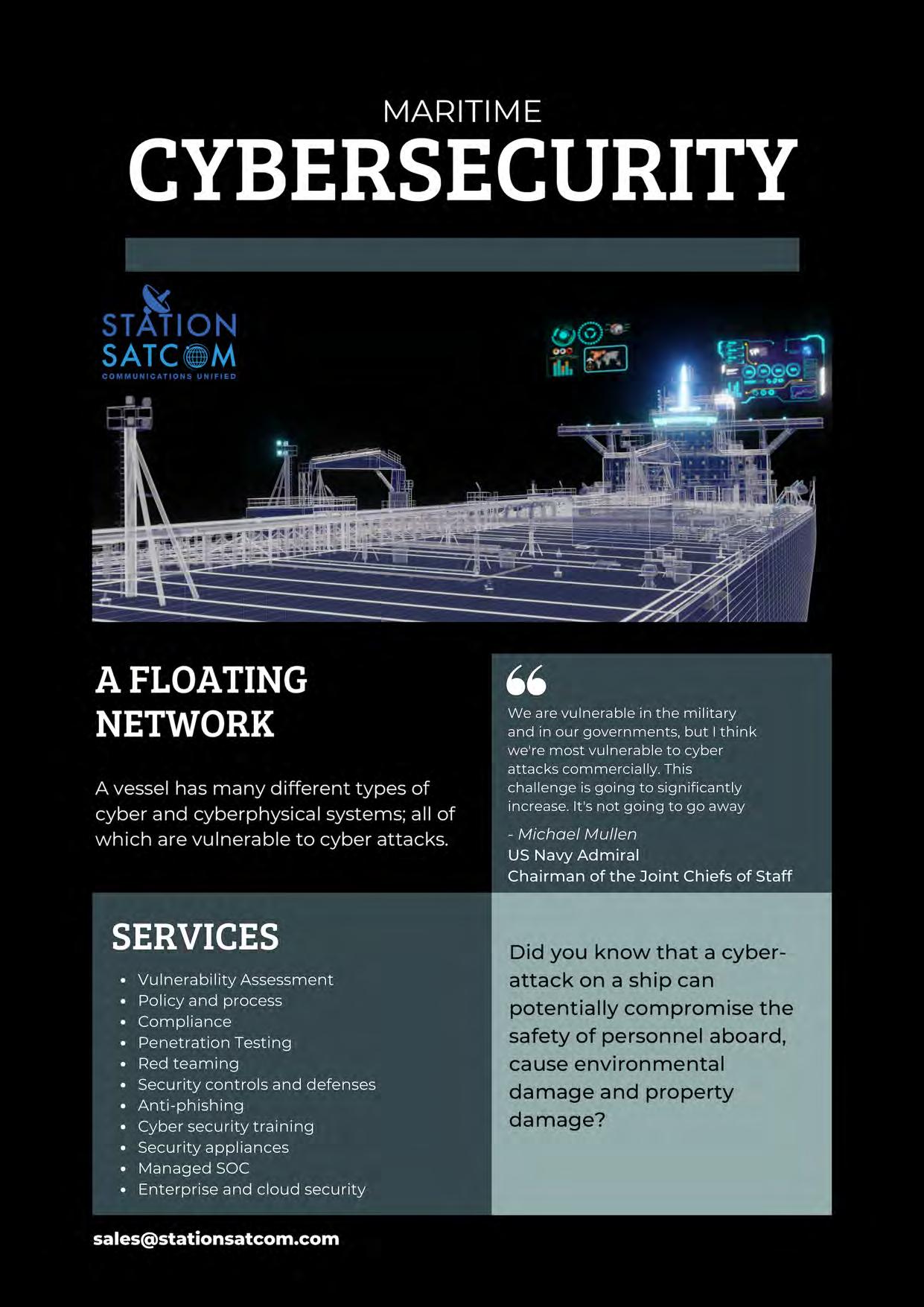
26 October 2019
DMET-MERI-Alumni Diwali Movie @ Carnival Cinemas
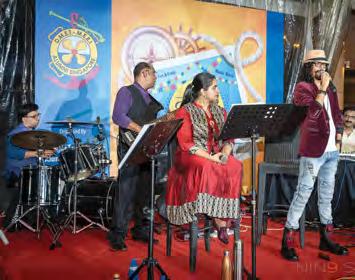
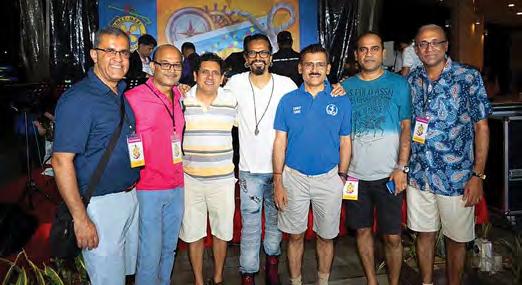

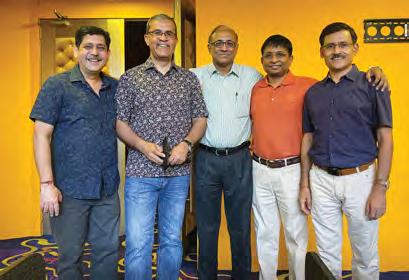
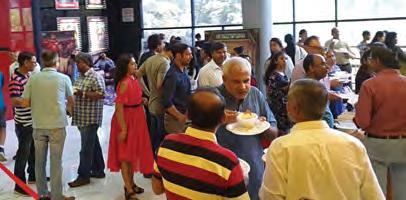
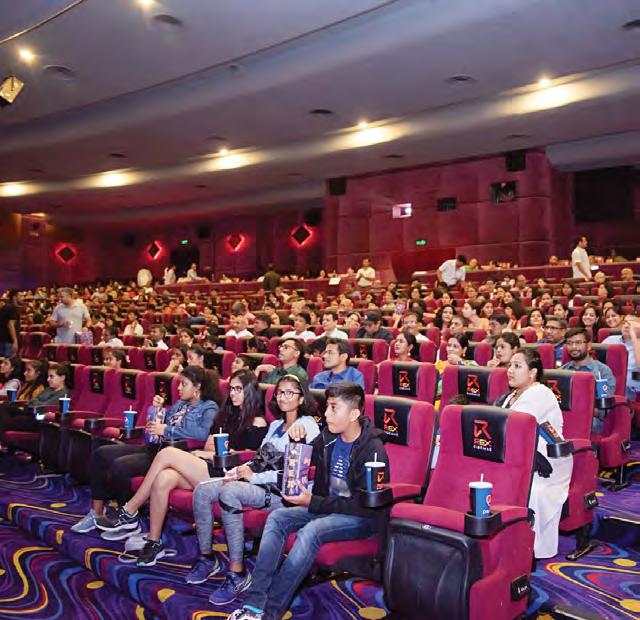
9 November 2019
DMET-MERI-Alumni Family Day @ The Singapore Flyer
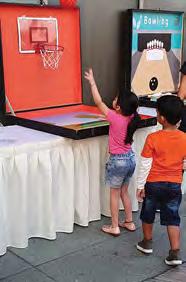
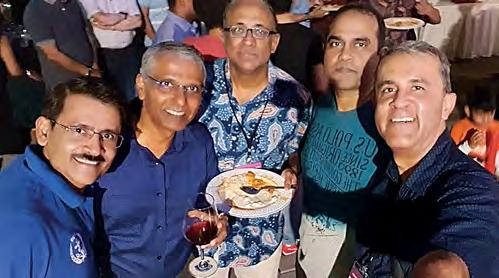
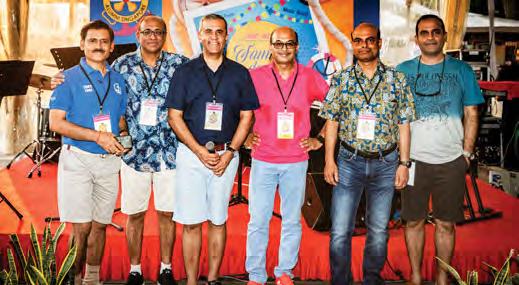

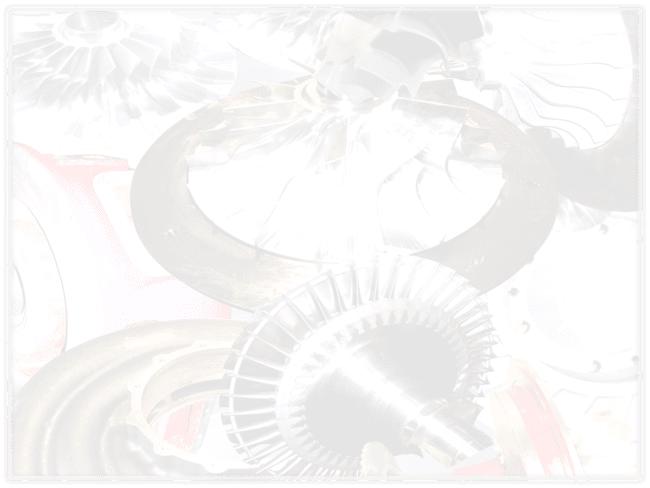
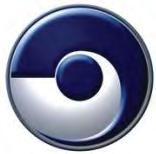


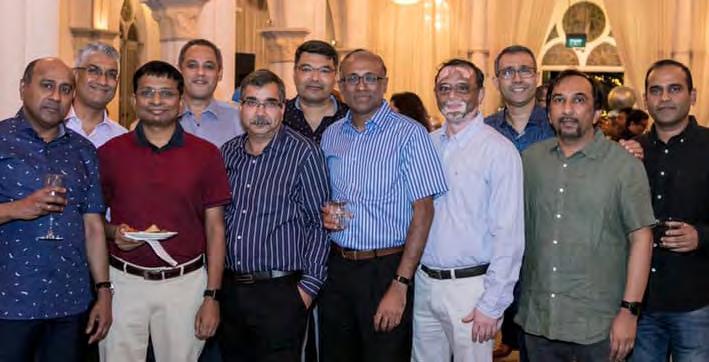


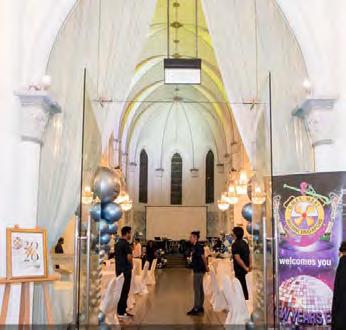
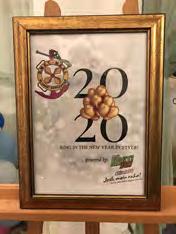
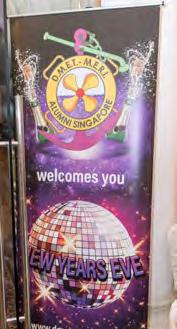
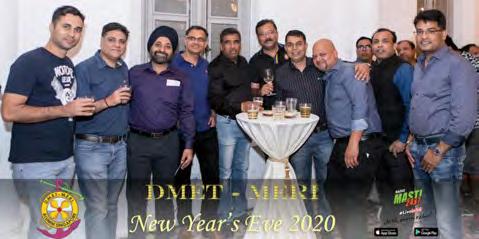
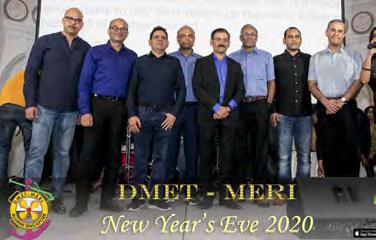
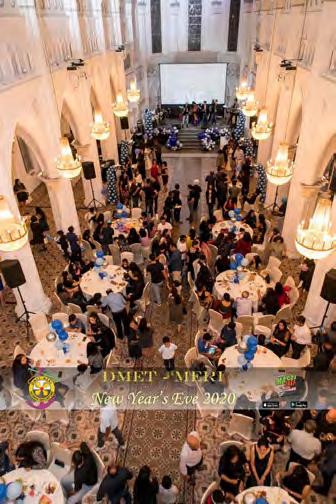

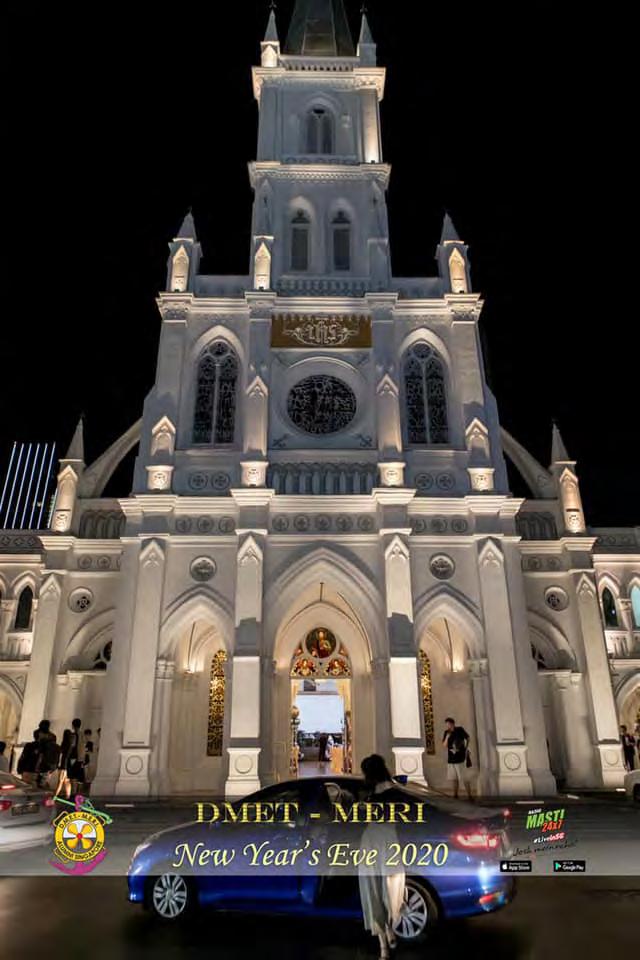
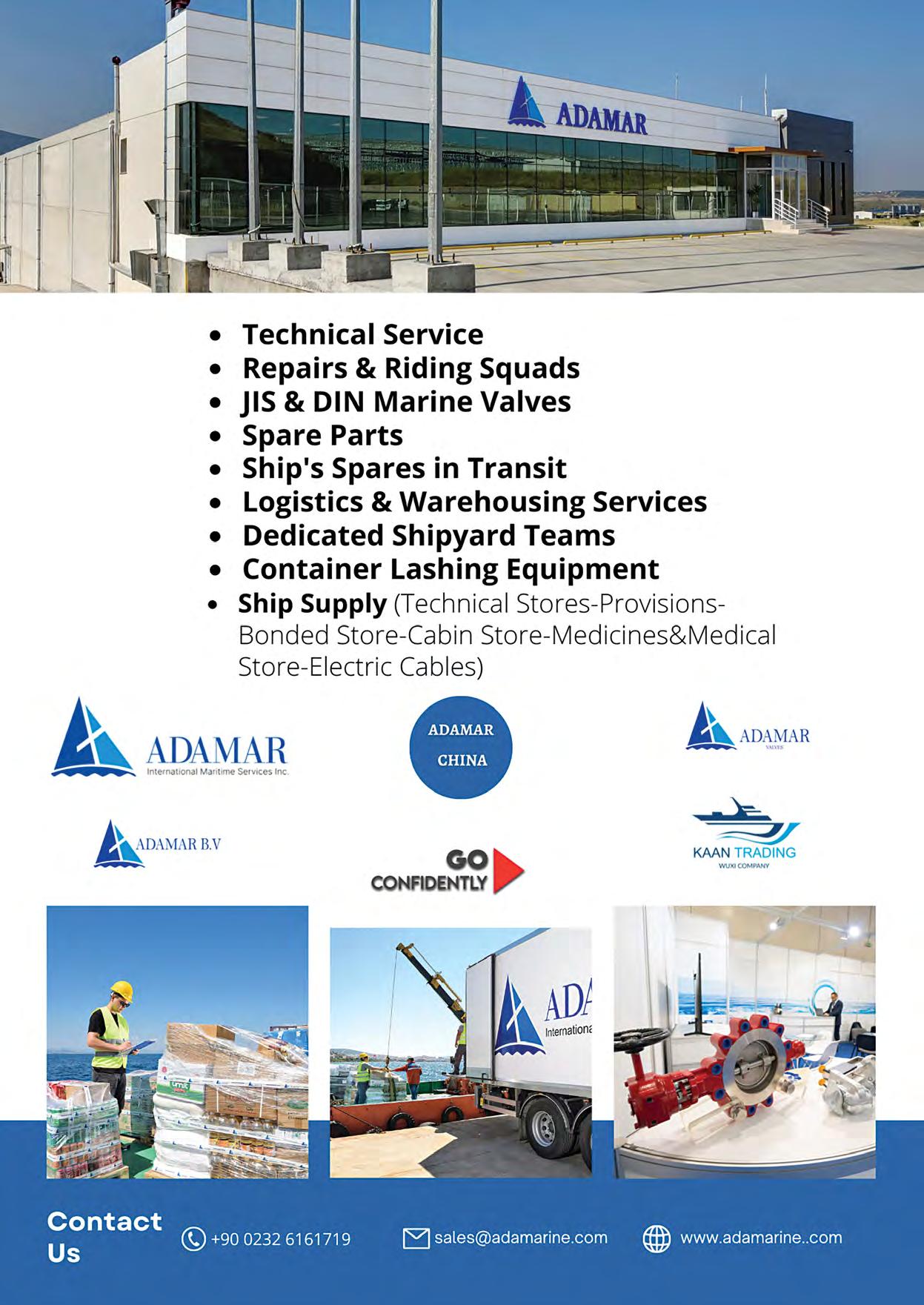

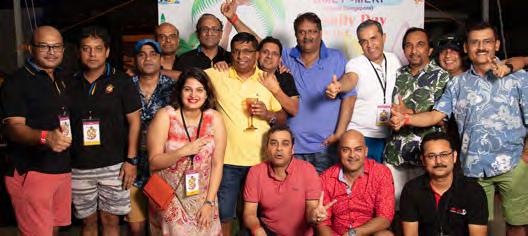



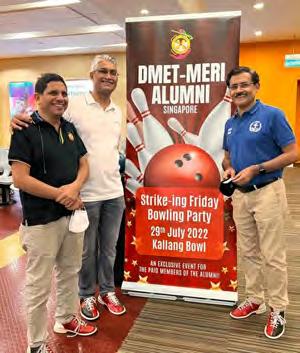










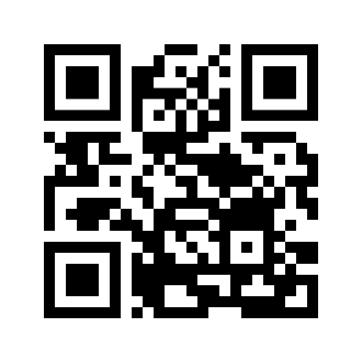
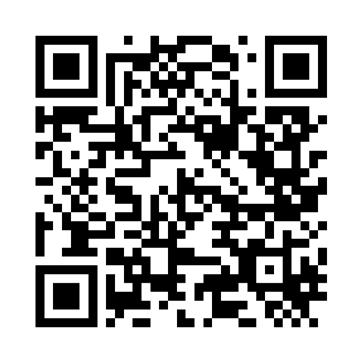
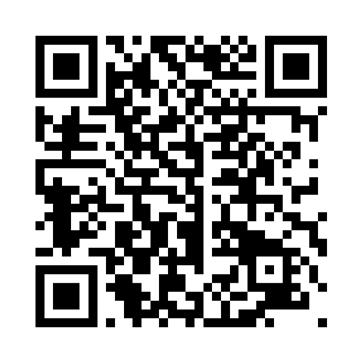

Born at Purnea, Bihar on 11th Jan 1966, he completed his secondary education from Vikas Vidyalaya, Ranchi on National merit scholarship. During his years at Vikas Vidyalaya, he excelled as a quizzer and represented his school in various inter-state quiz competitions.
He joined sea in 1990 and sailed with different companies till 2006. He moved to Singapore as a technical superintendent and was Fleet Manager in a leading management company. During a trip to India, he unfortunately met with a road accident and succumbed to his injuries on 26th March 2022. Throughout his career, he cultivated an unprecedented number of friends and acquaintances, mainly due to his outgoing personality. A true party lover, he was the heart and soul among his batchmates. The absence of Ganganand has left a deep void among the DMET community in Singapore.
We are extremely thankful to Marine Trans Pte. Ltd. for assisting with the relocation of Ganganand’s family.







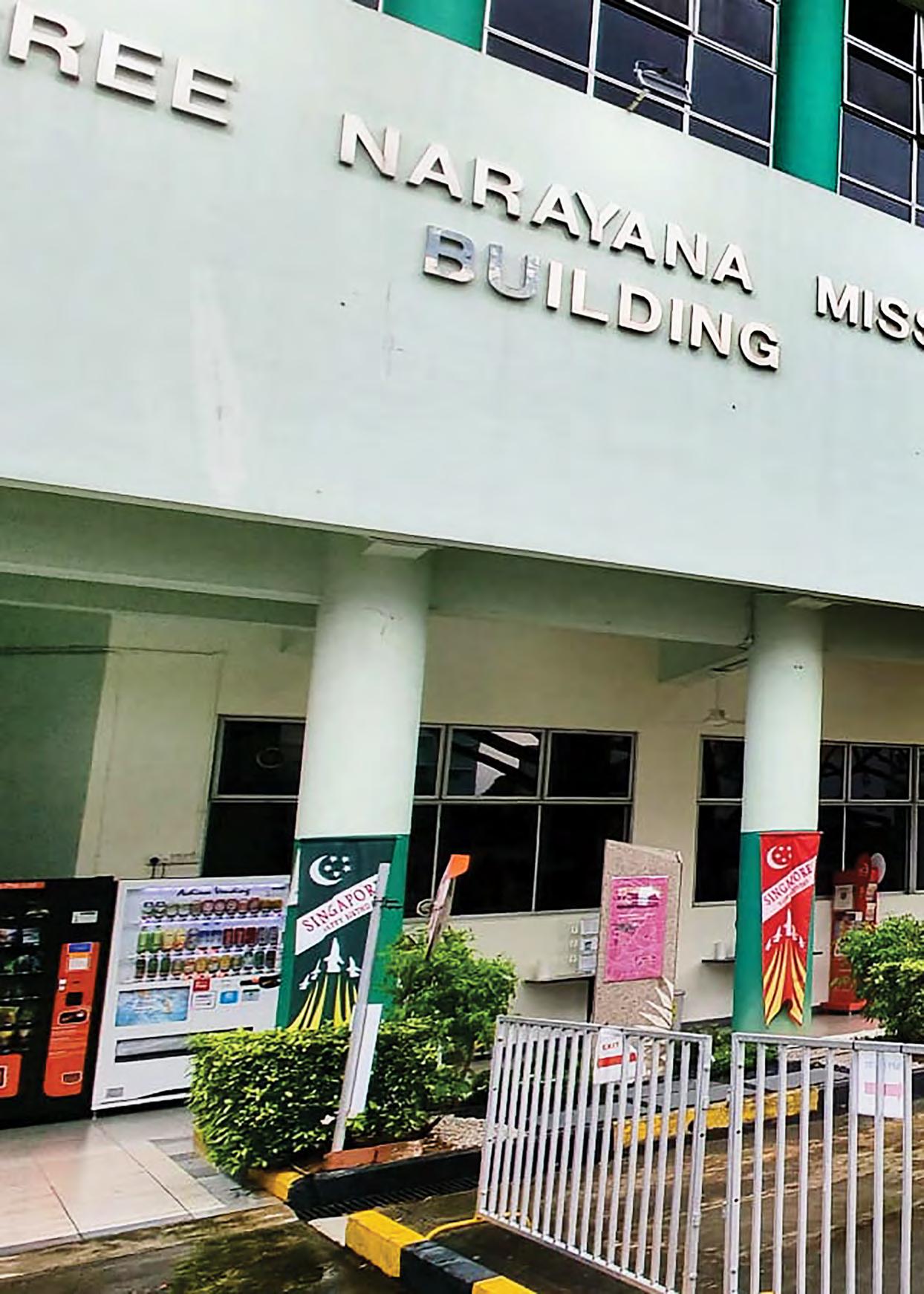
Sree Narayana Mission Charity Day 2022

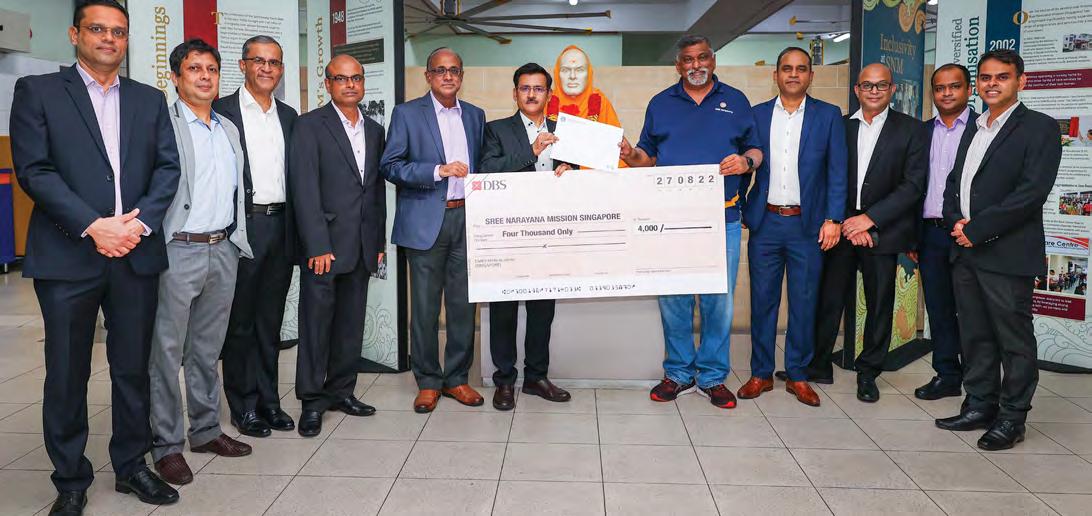
27 August 2022
